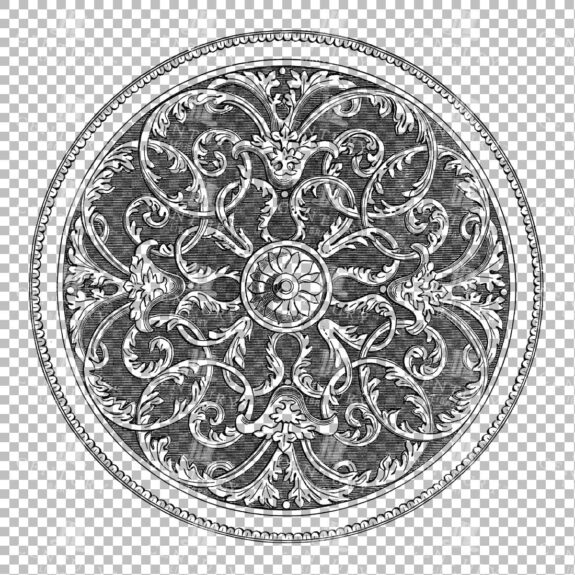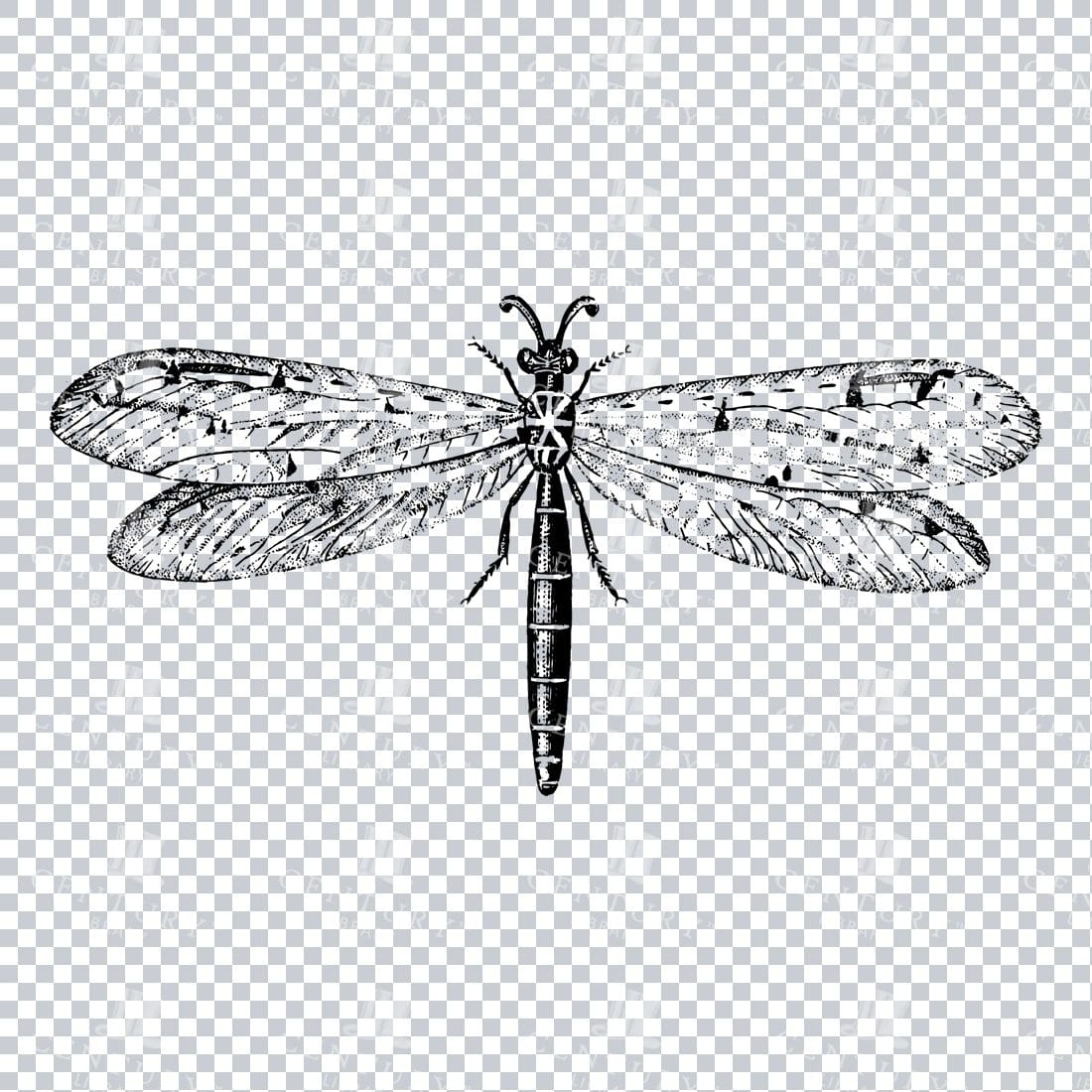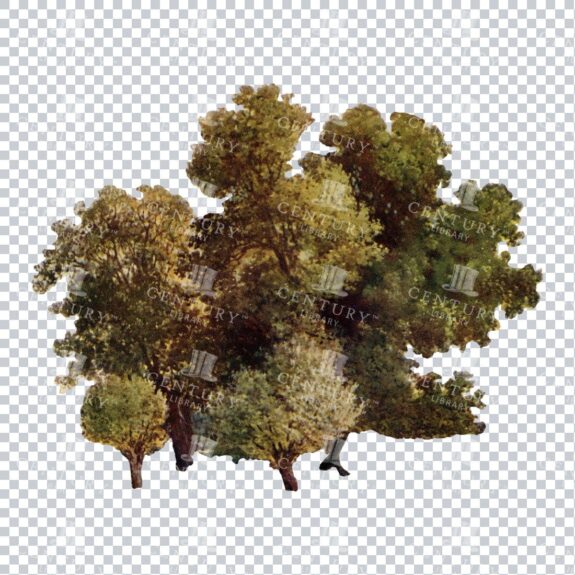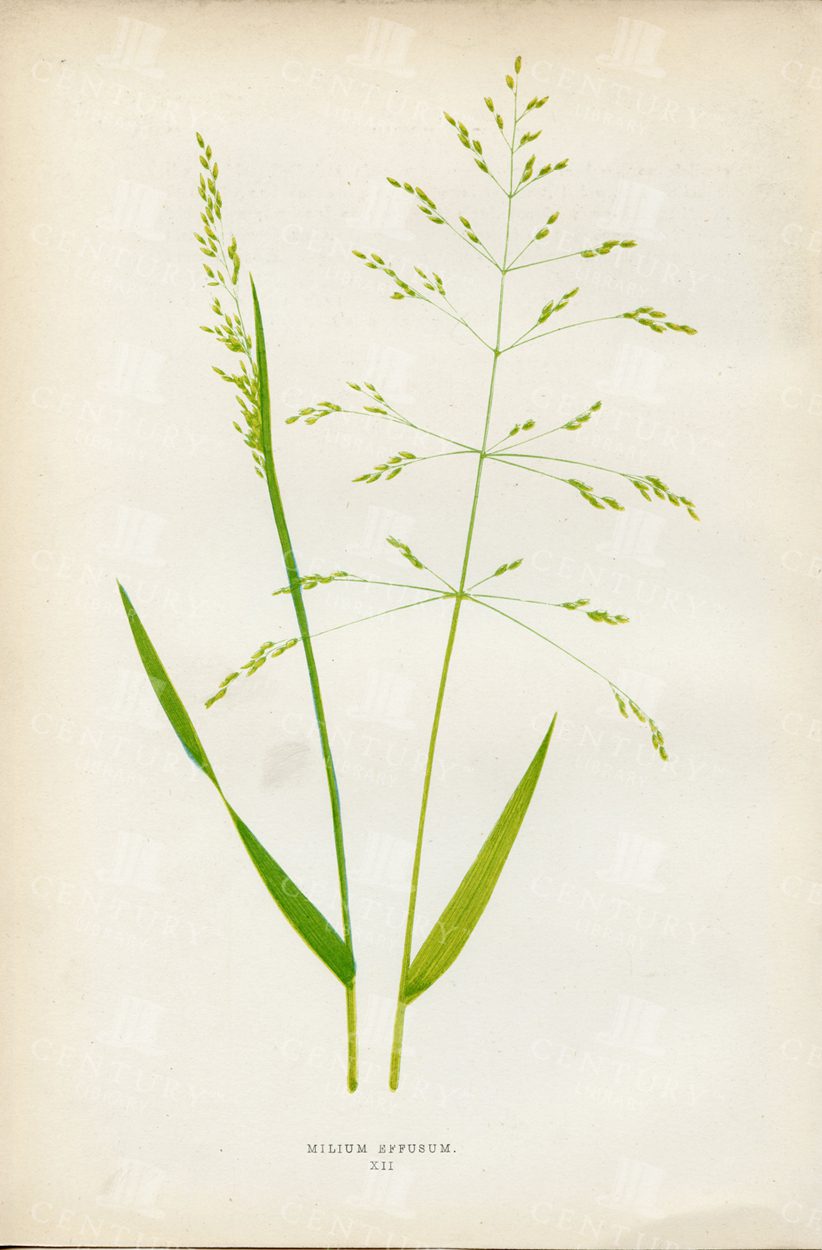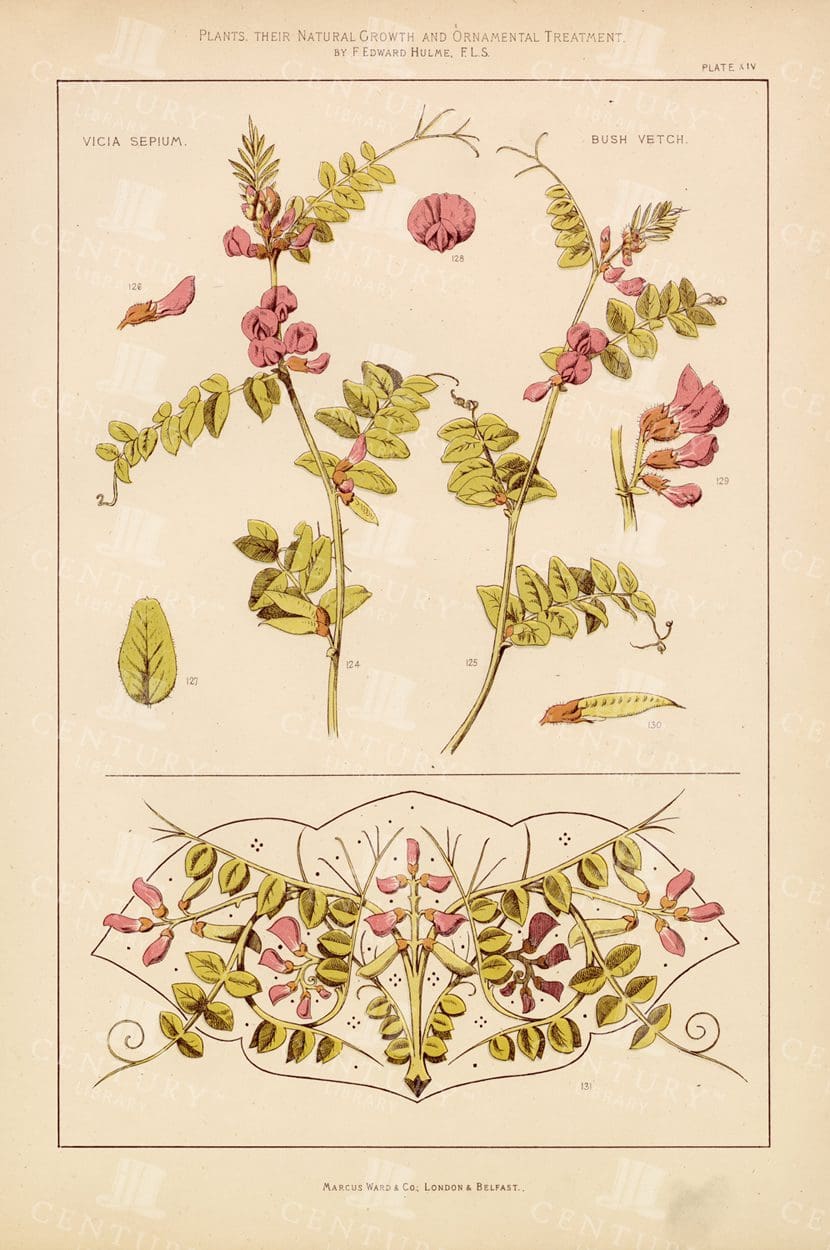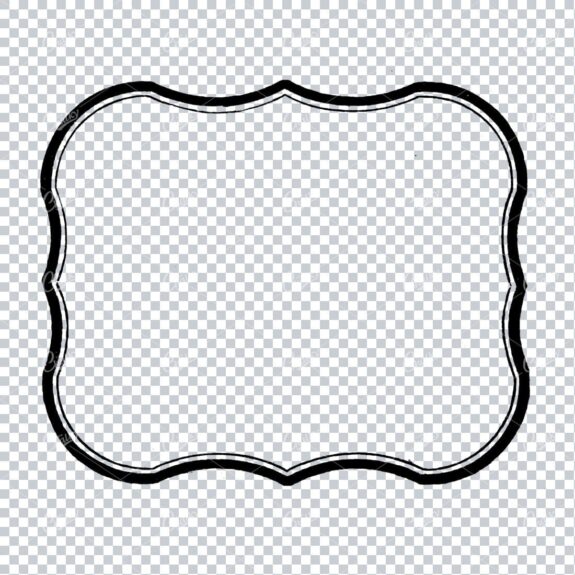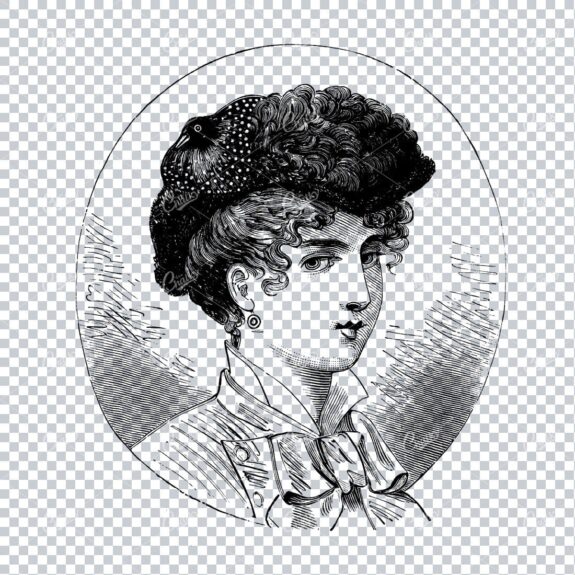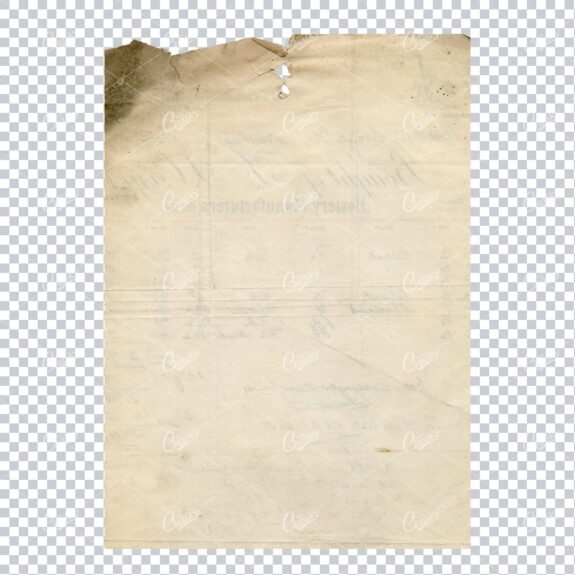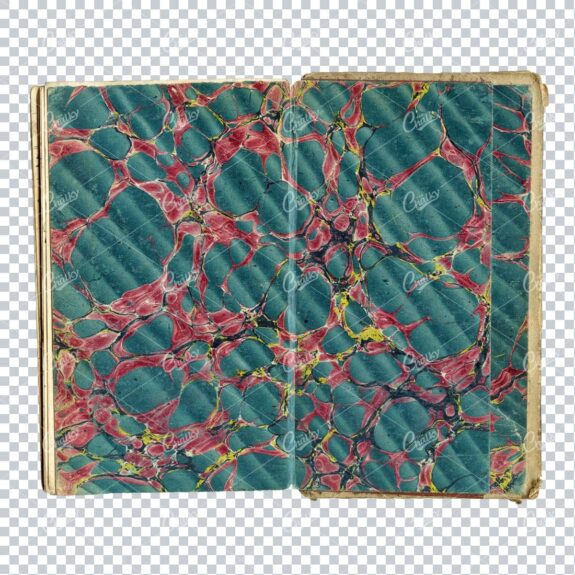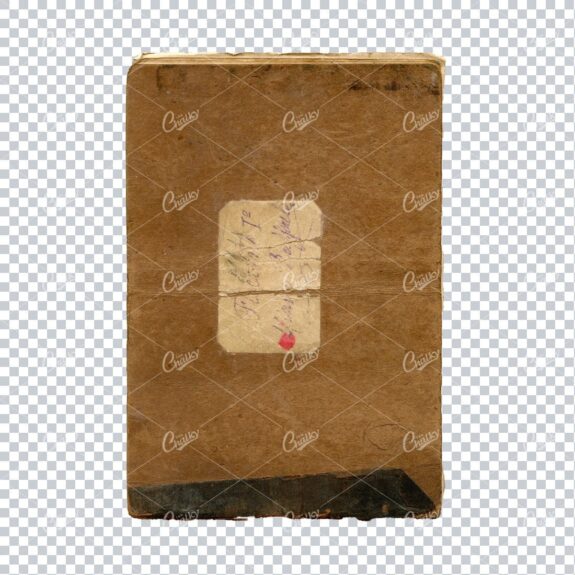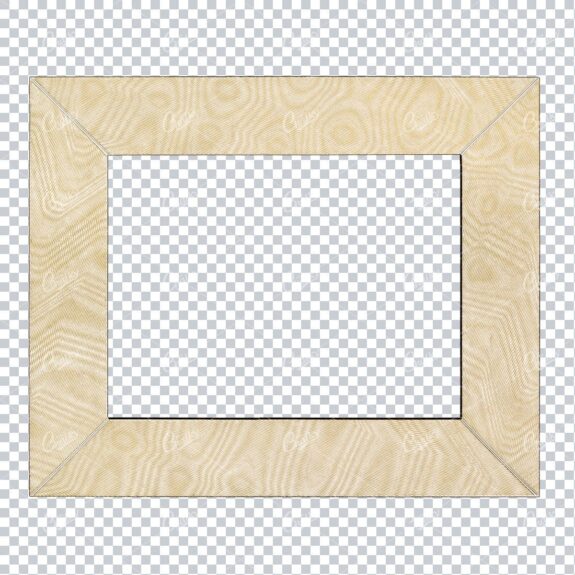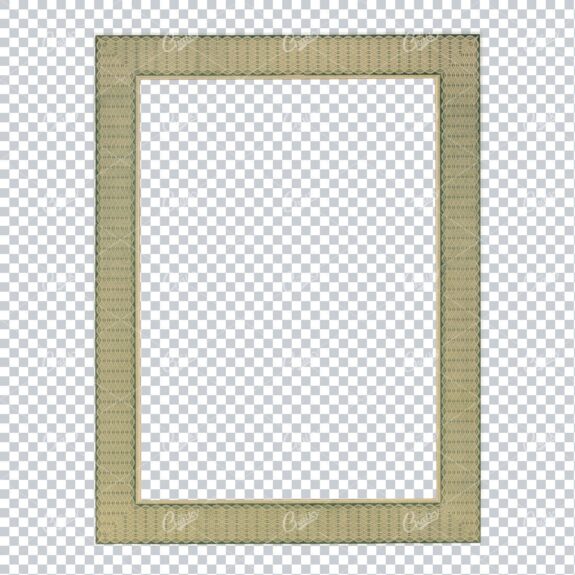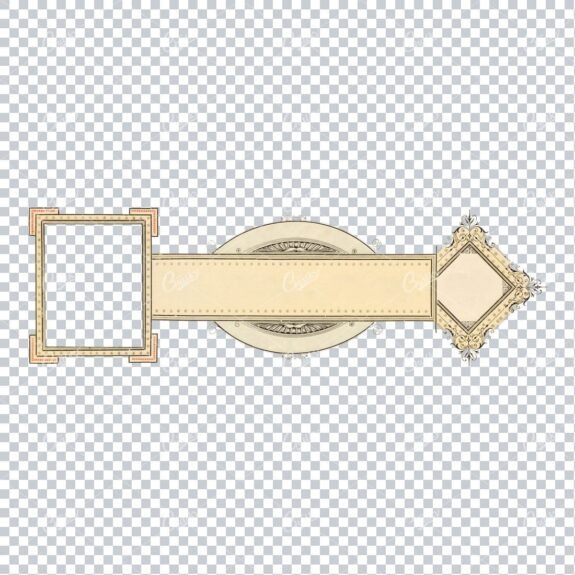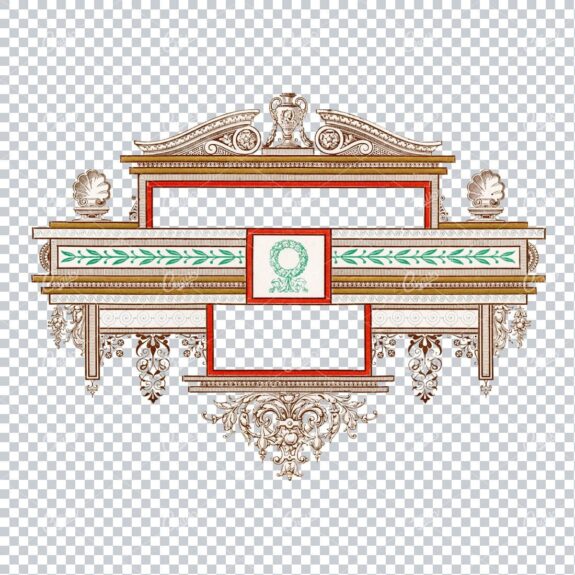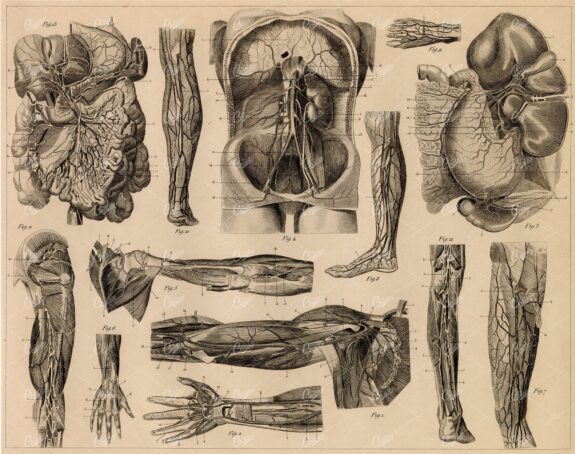
Search
Premium Vintage Stock Images
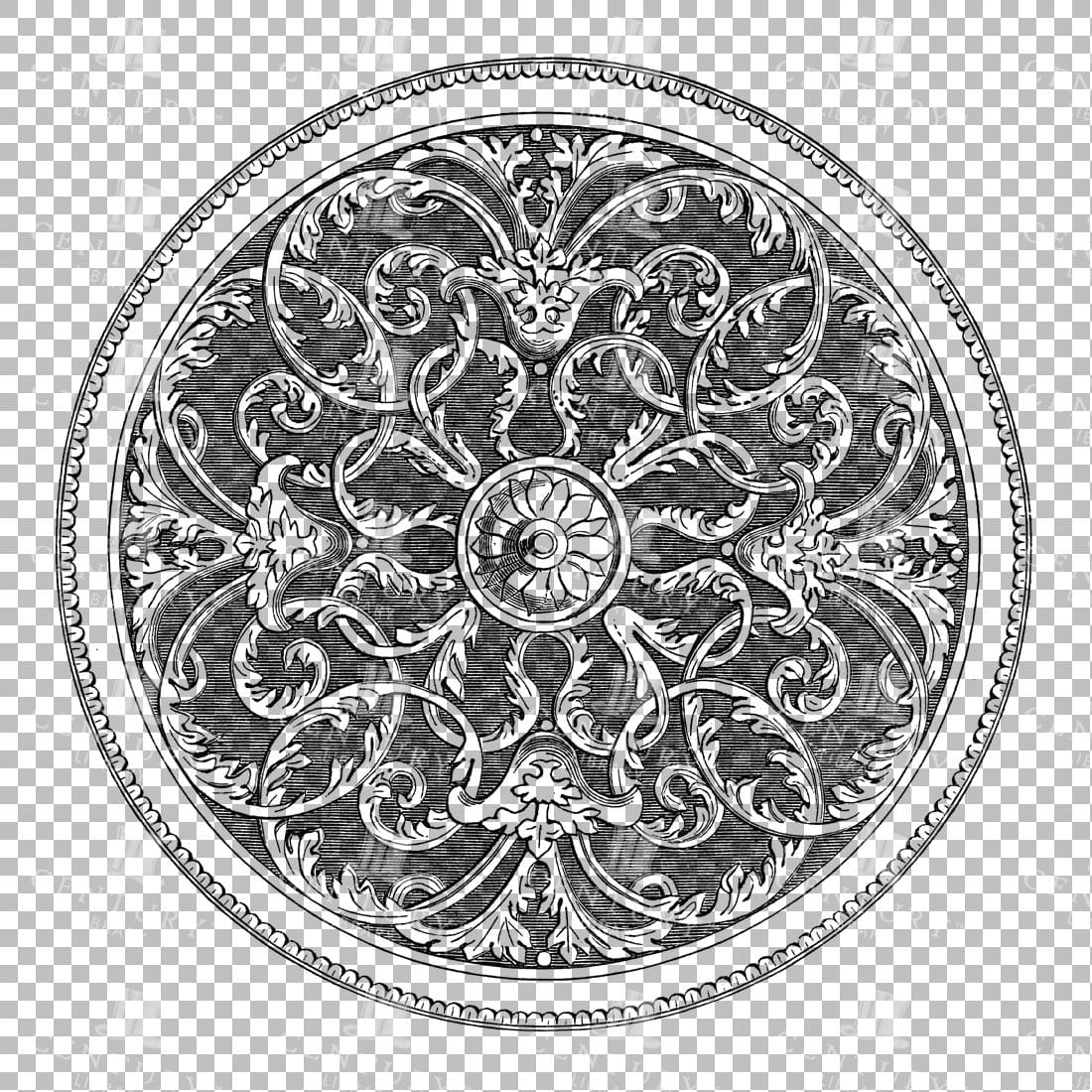

Vintage Decorative Line Art Illustration – Floral – Border – Frame – Pattern No.28
- License Info
- Resolution: 3420px x 3396px
Related Images
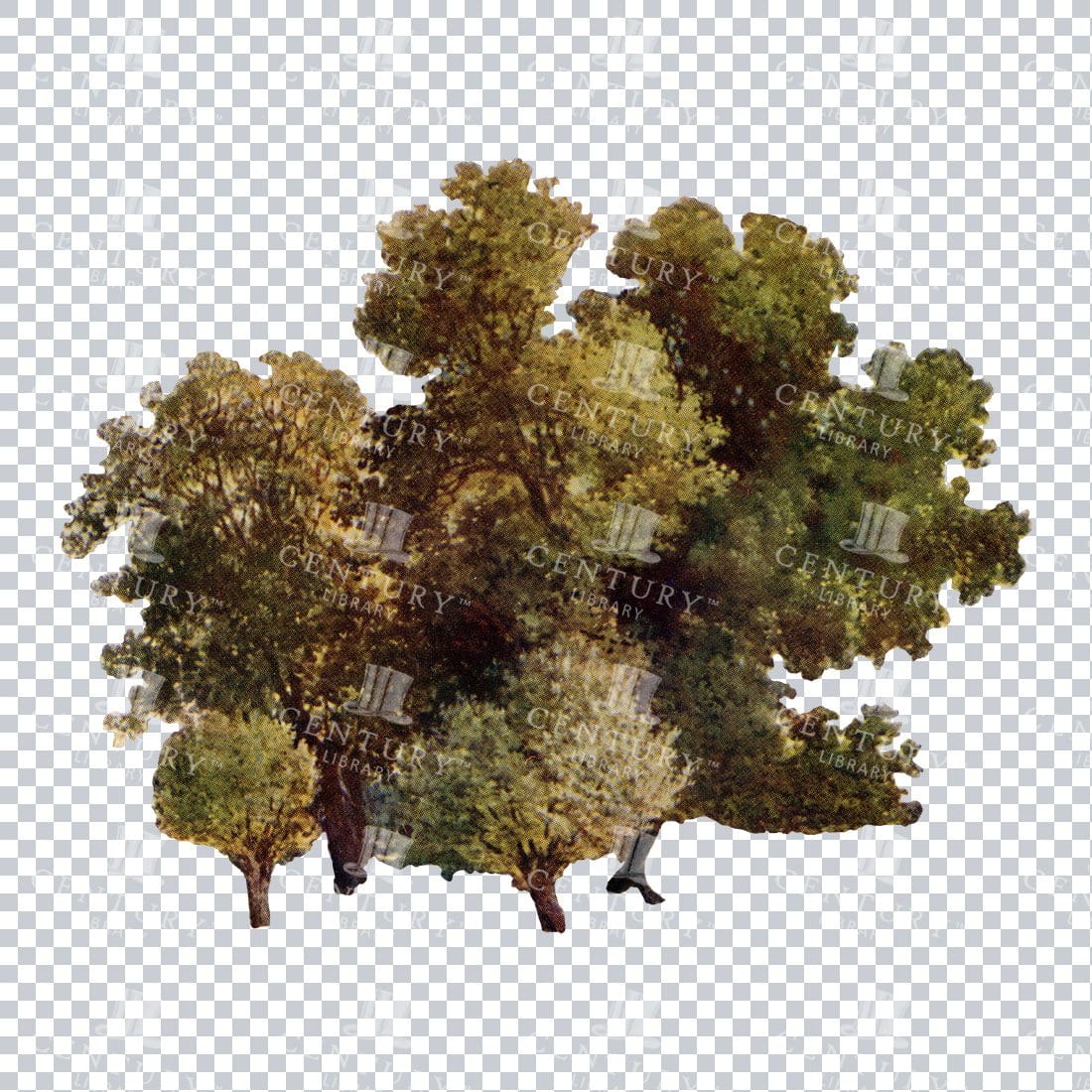

Vintage Photograph of some Trees – PNG Collage Clip Art
- License Info
- Resolution: 3290px x 2616px
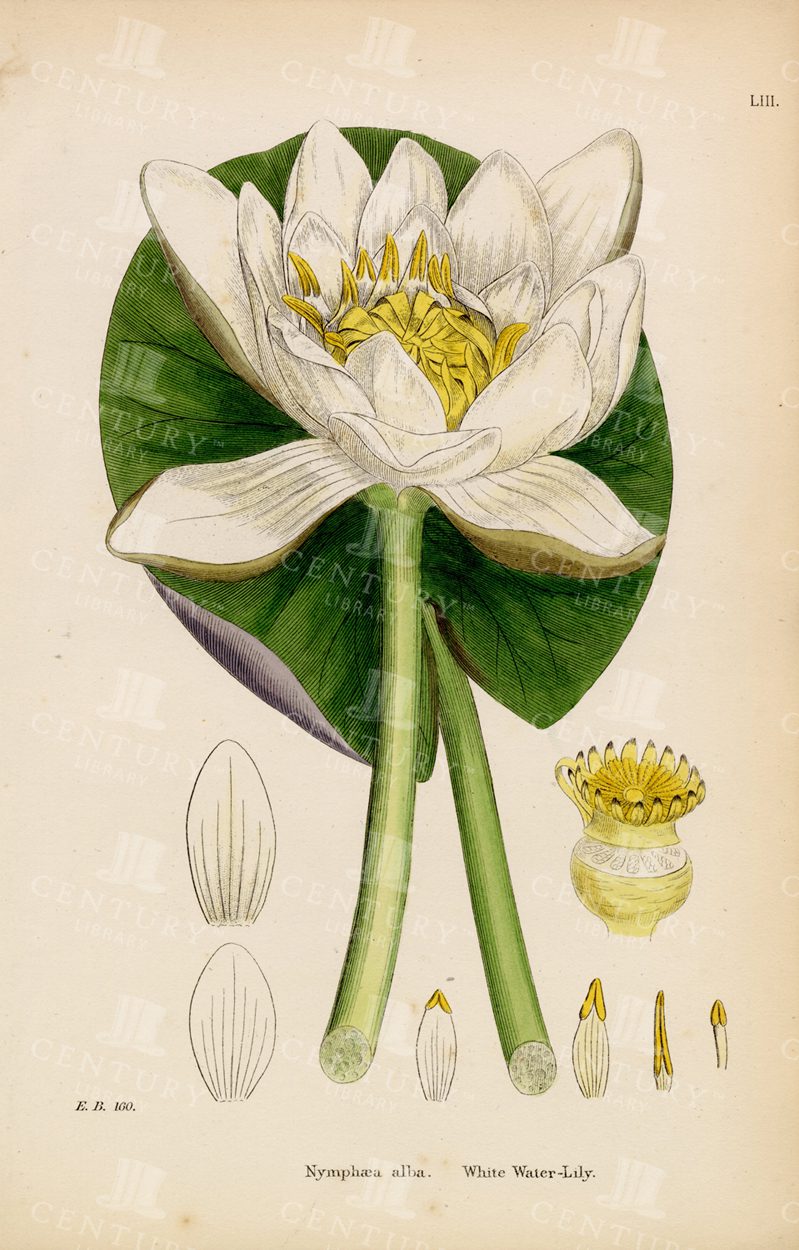

White Water Lily – Vintage Botanical Colour Print – 1863
- License Info
- Resolution: 5606px x 8769px
- Year of Print: 1863
- Artist: MRS Lankester
Related Images


BOTANICAL Vintage 1863 Print – Common Garden Poppy
- License Info
- Resolution: 5660px x 8777px
- Year of Print: 1863
- Artist: MRS Lankester
Related Images
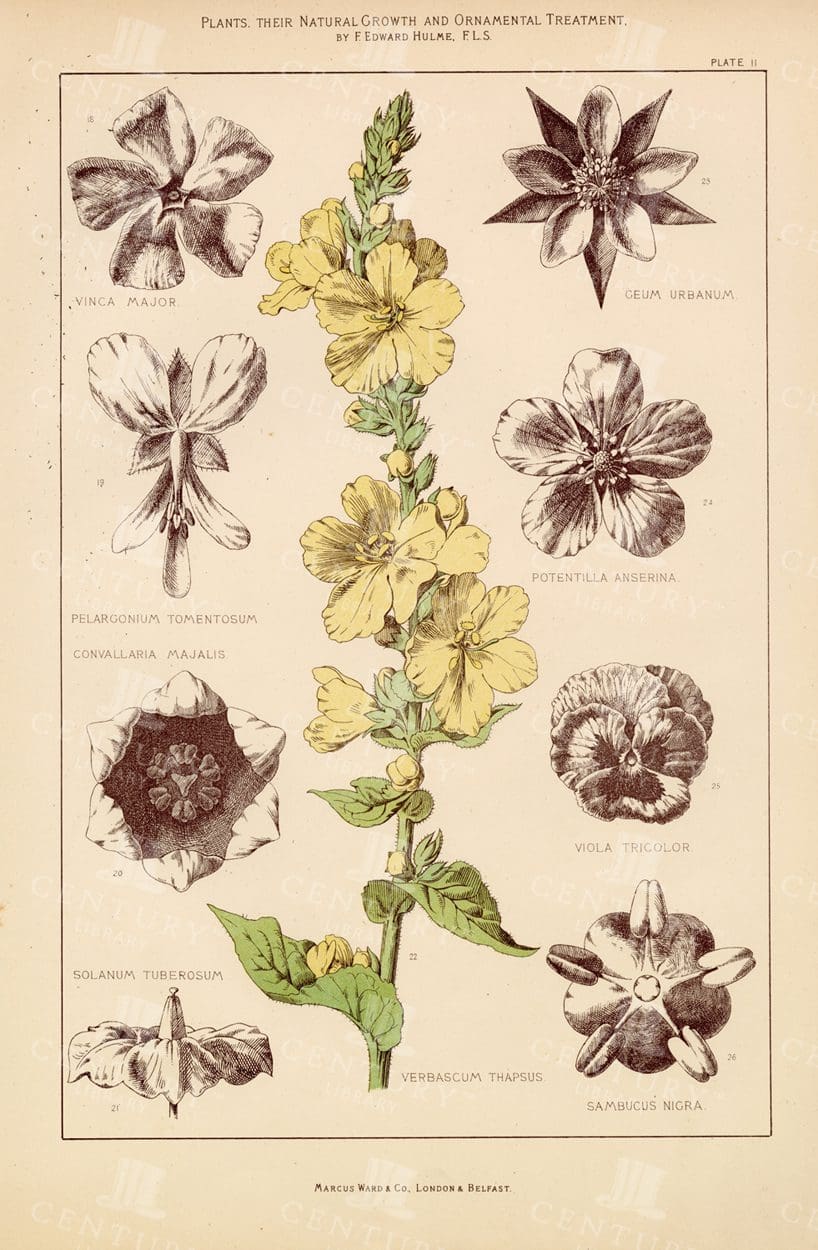

VINTAGE Botanical Print – Verbascum Thapsus
- License Info
- Resolution: 7827px x 11966px
- Year of Print: 1874
- Artist: F. Edward Hulme
Related Images
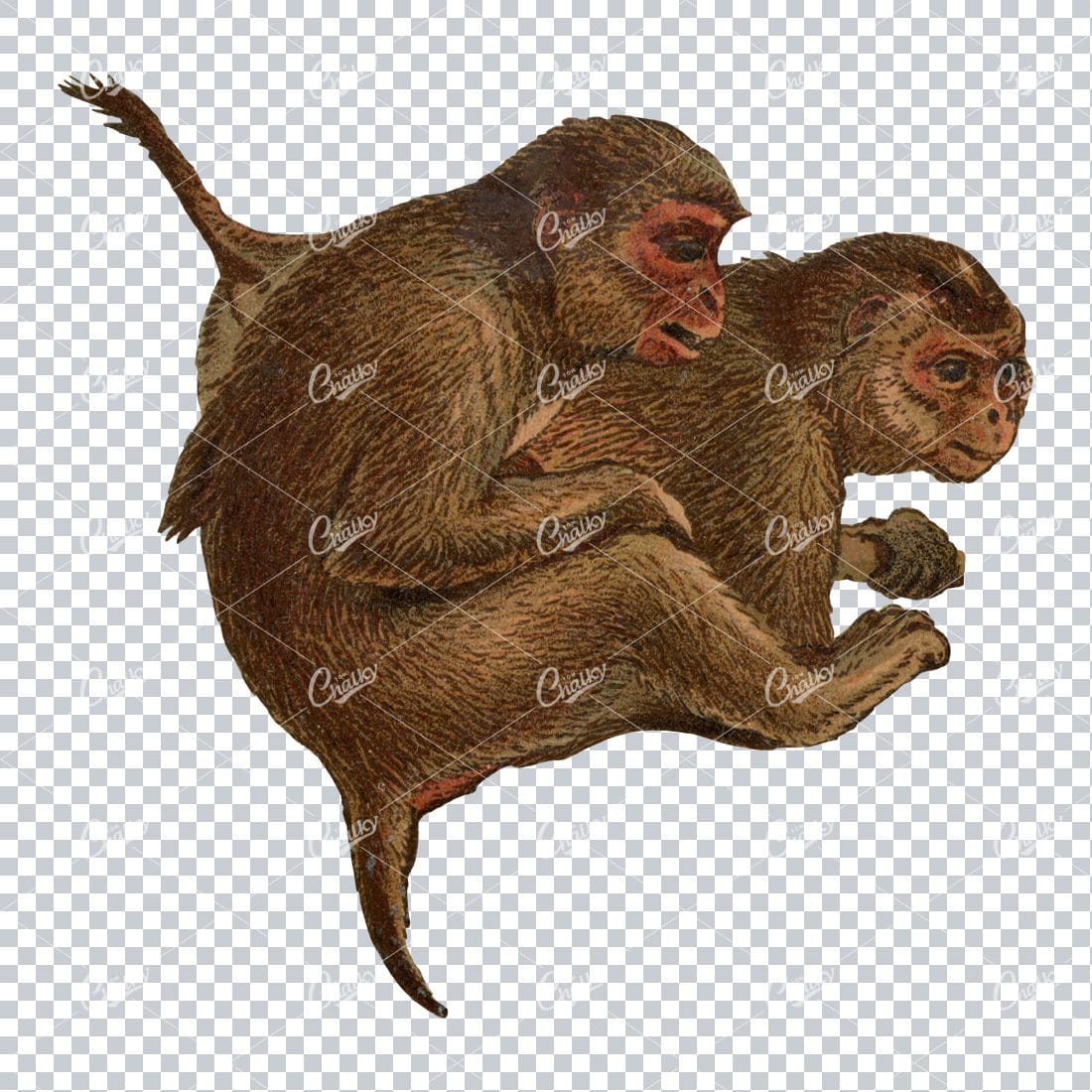

Vintage Full Color PNG Illustration – Monkey No.7
- License Info
- Resolution: 2842px x 2749px
From this collection


Vintage Full Color PNG Illustration – Monkey No.6
- License Info
- Resolution: 1290px x 895px
From this collection
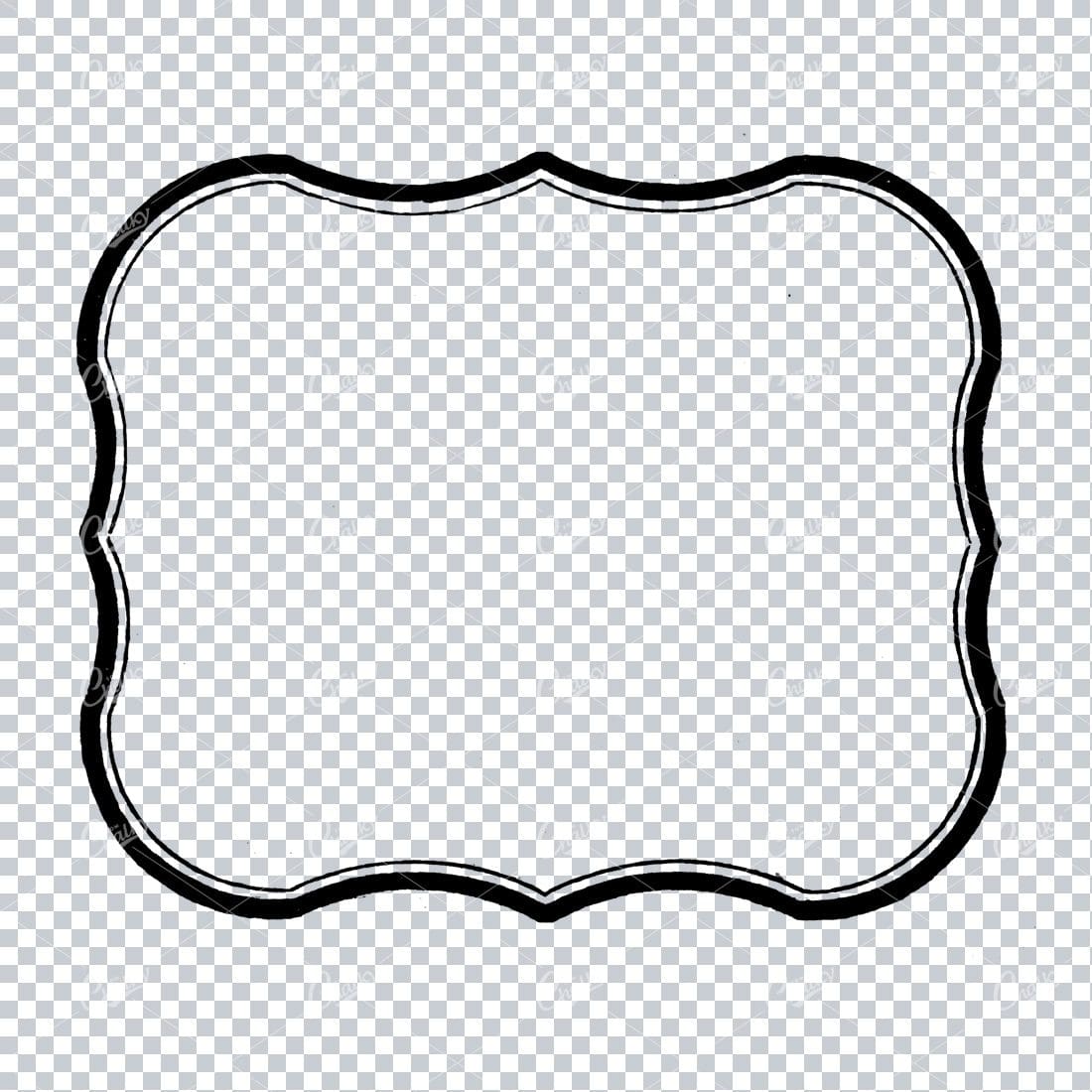

Vintage Design Element – Decorative Border / Frame Design No.30
- License Info
- Resolution: 1592px x 1325px
Related Images


Human Eye Inside a Triangle / Pyramid with Sun Burst Lines No.1
- License Info
- Resolution: 973px x 518px
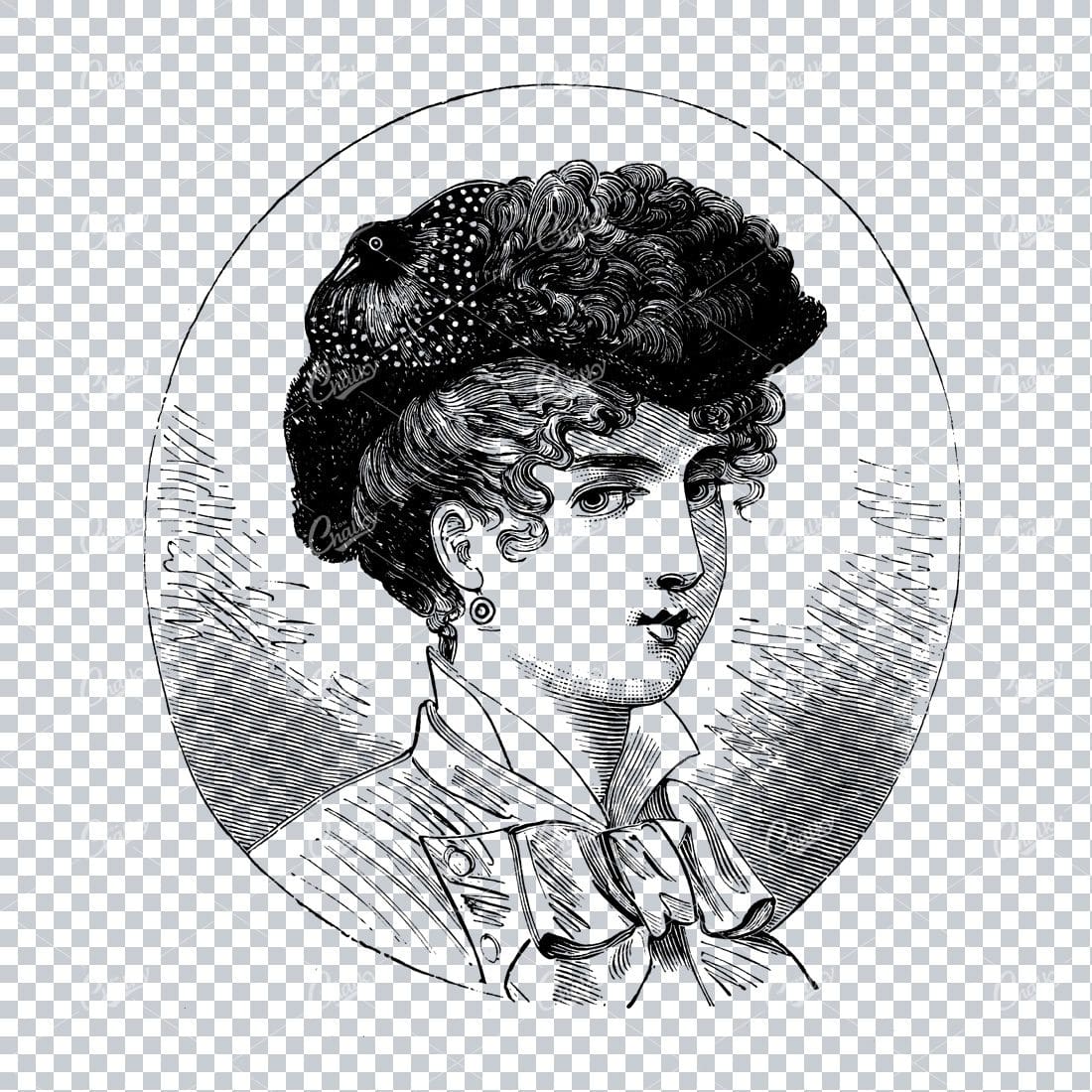

Antique Fashion Artwork – Portrait of Lady Wearing a Hat No.8
- License Info
- Resolution: 2997px x 3548px
Related Images


Antique Fashion Artwork – Portrait of Lady Wearing a Hat No.3
- License Info
- Resolution: 2890px x 3178px
Related Images


Vintage Line Art Illustration of a Pointing Finger / Hand No.3
- License Info
- Resolution: 2277px x 1121px
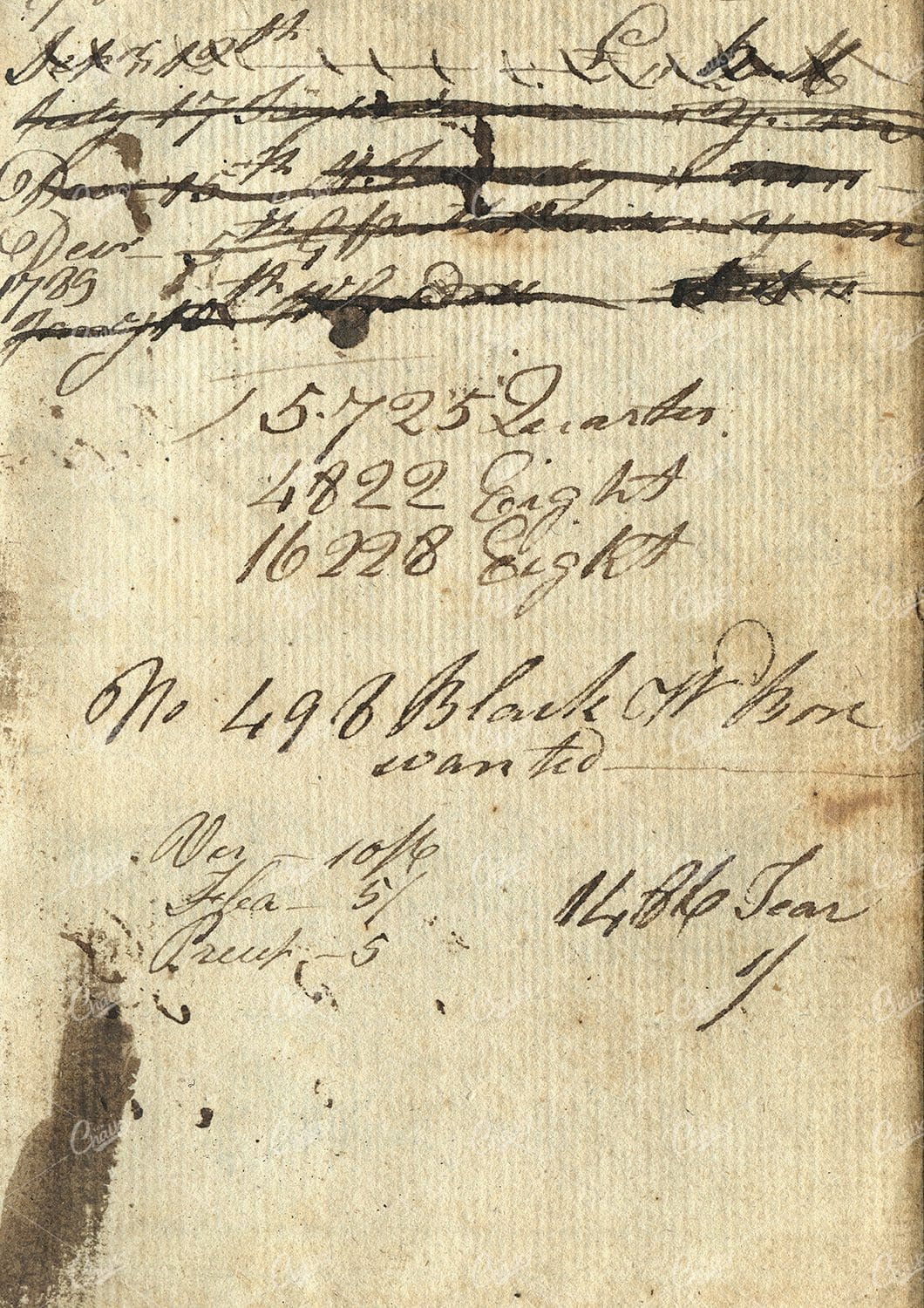

Vintage Paper Texture – No.26
- License Info
- Resolution: 4500px x 6365px
From this collection
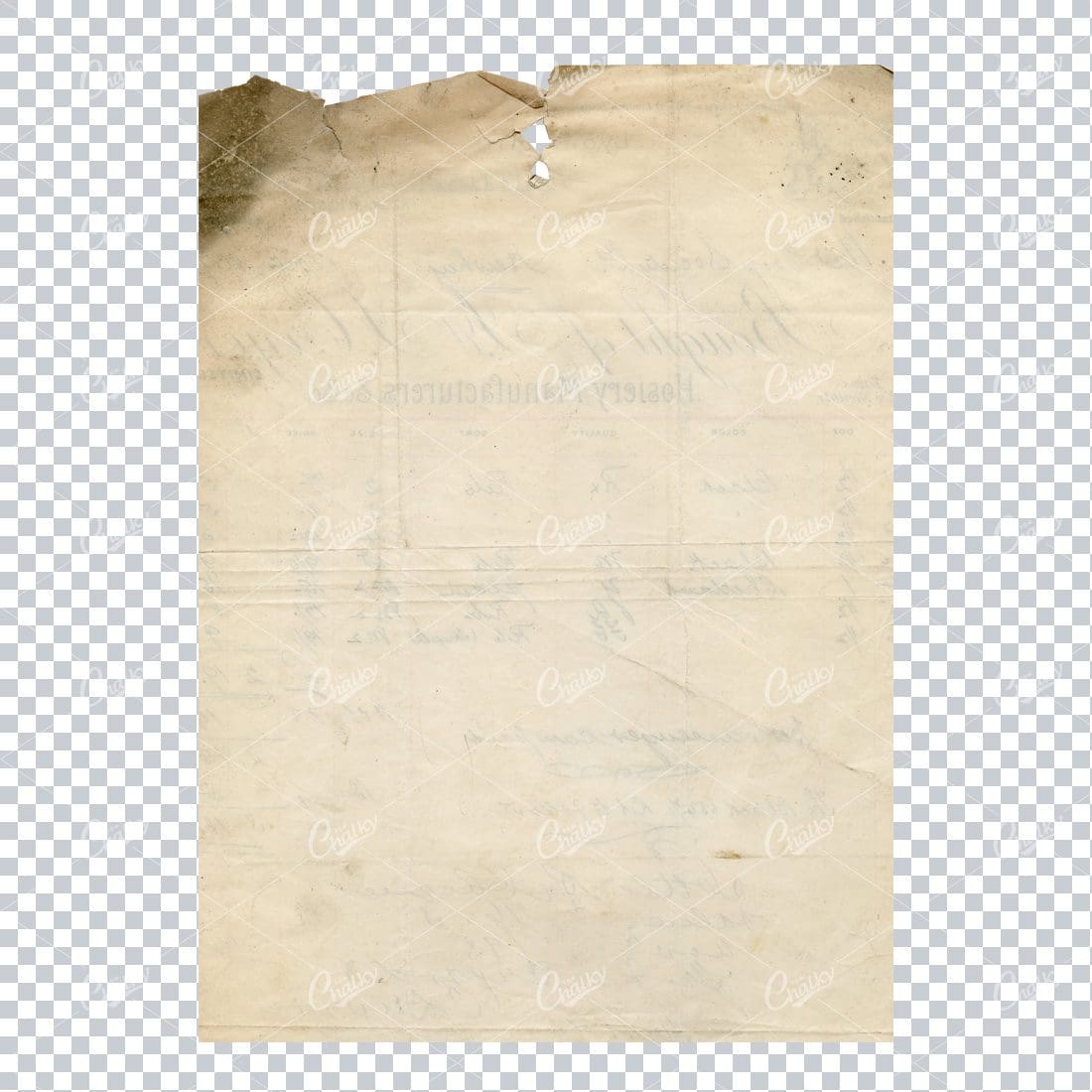

Vintage Paper Texture – No.2
- License Info
- Resolution: 3500px x 5000px
From this collection
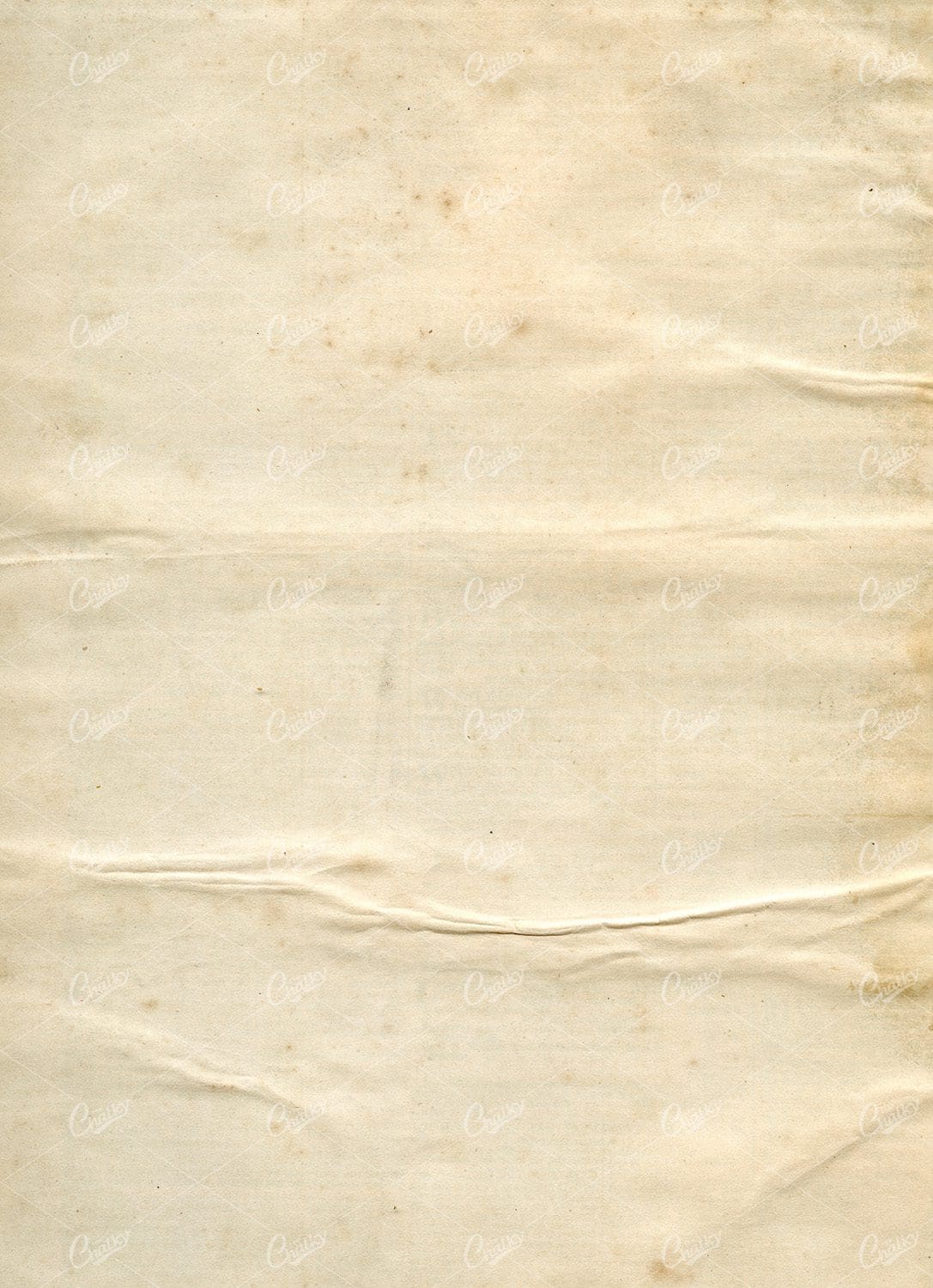

Creases and Damp Stained Old Paper Texture No.1
- License Info
- Resolution: 6584px x 9082px
From this collection
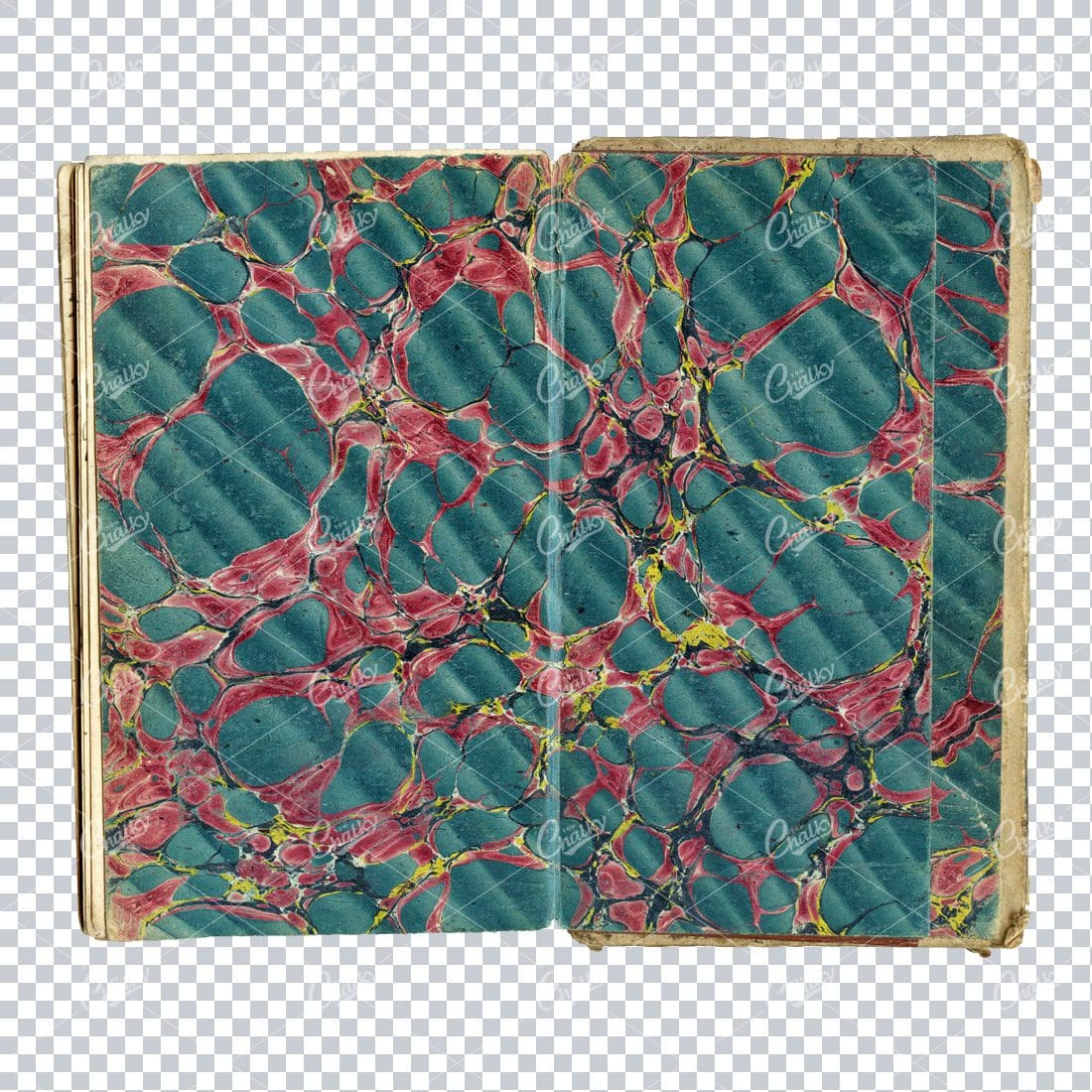

Antique Marble Book Texture – Full Open Book Scan
- License Info
- Resolution: 9431px x 7840px
From this collection
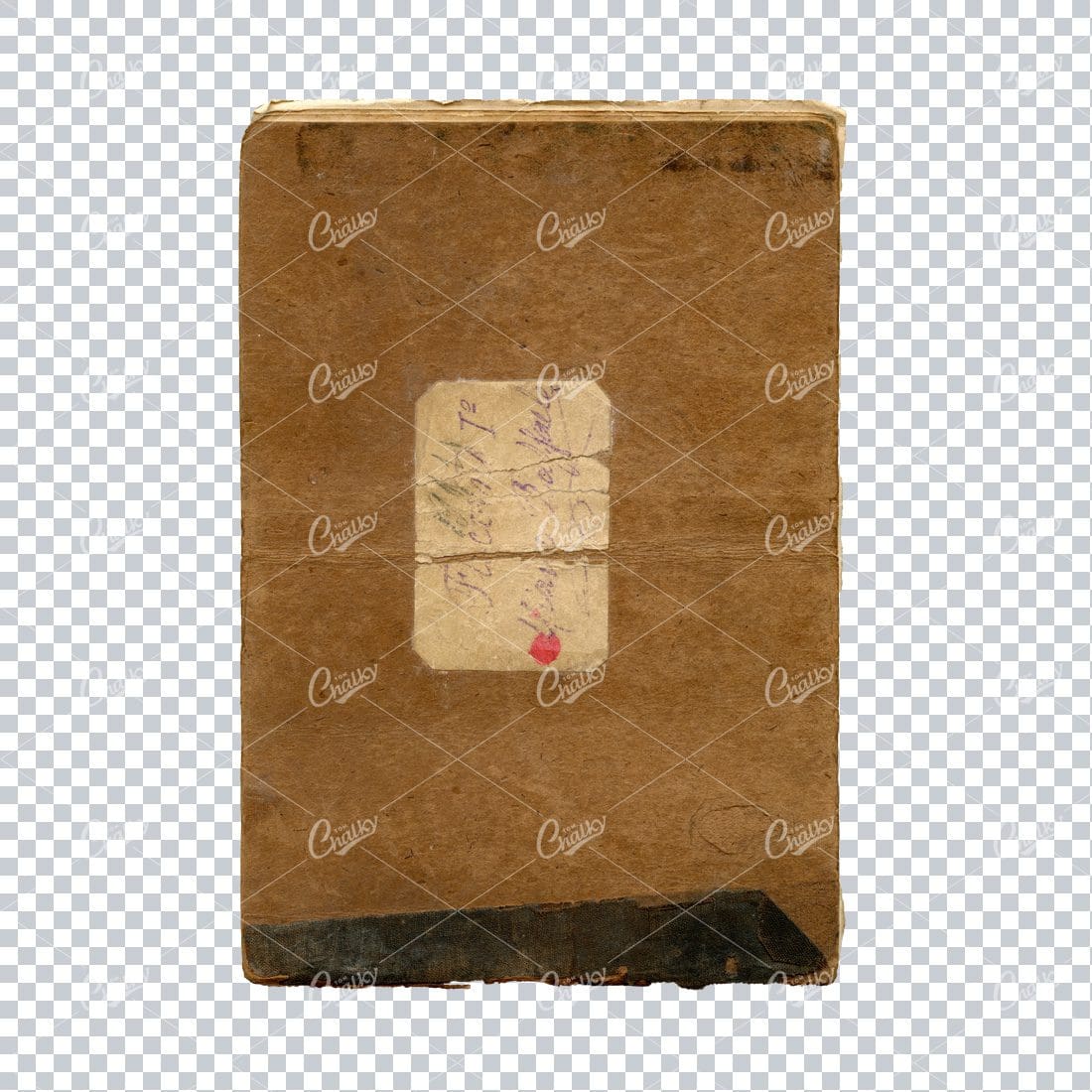

High Quality Scan of Front of Anitque Music Sheet Booklet with Worn Label
- License Info
- Resolution: 6900px x 10000px
From this collection


Decorative and Detailed Antique Frame / Border – Perfect for Invitations and Packaging No.30
- License Info
- Resolution: 6599px x 5437px
From this collection
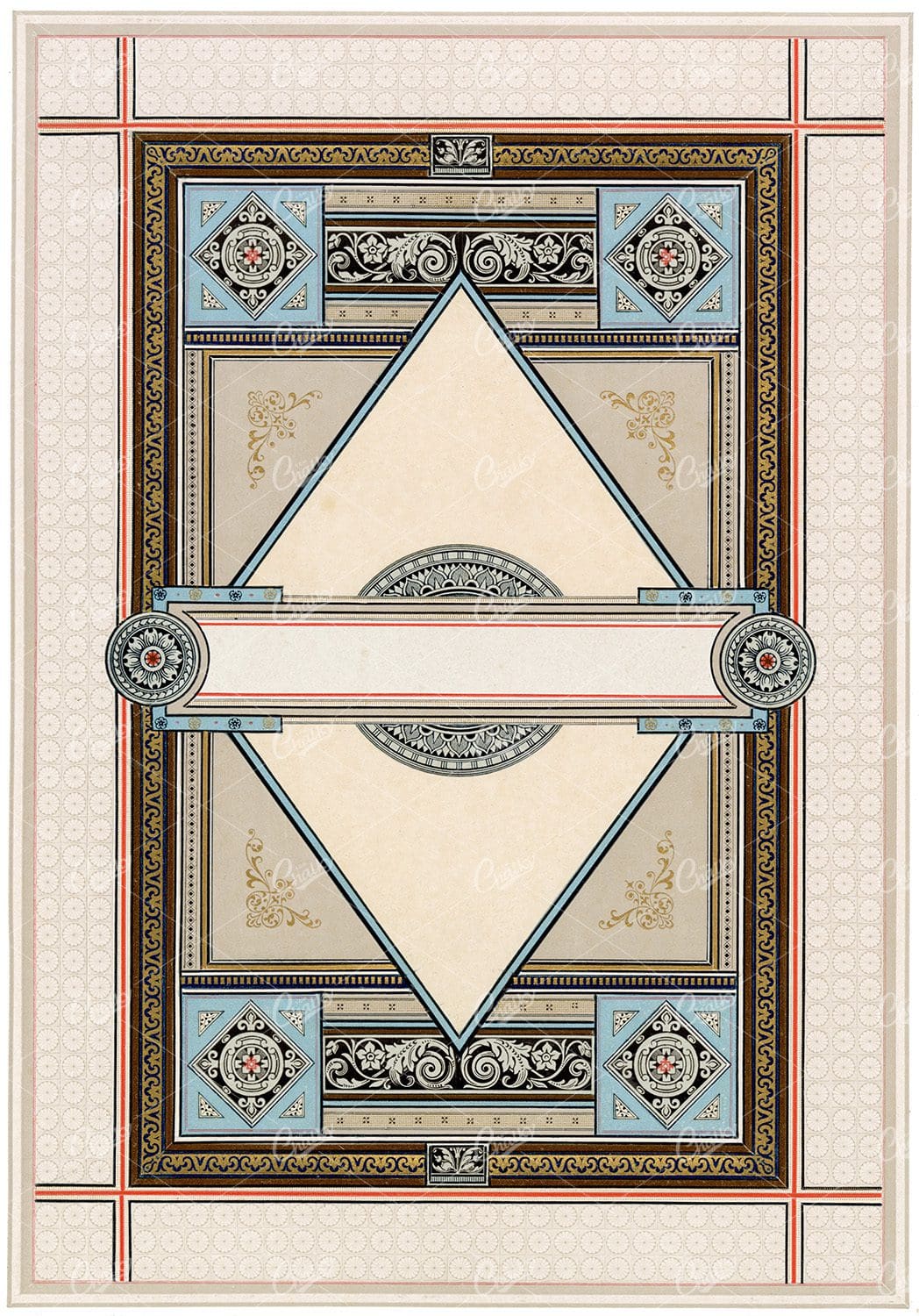

Decorative and Detailed Antique Frame / Border – Perfect for Invitations and Packaging No.29
- License Info
- Resolution: 5598px x 8014px
From this collection


Decorative and Detailed Antique Frame / Border – Perfect for Invitations and Packaging No.23
- License Info
- Resolution: 6290px x 8220px
From this collection
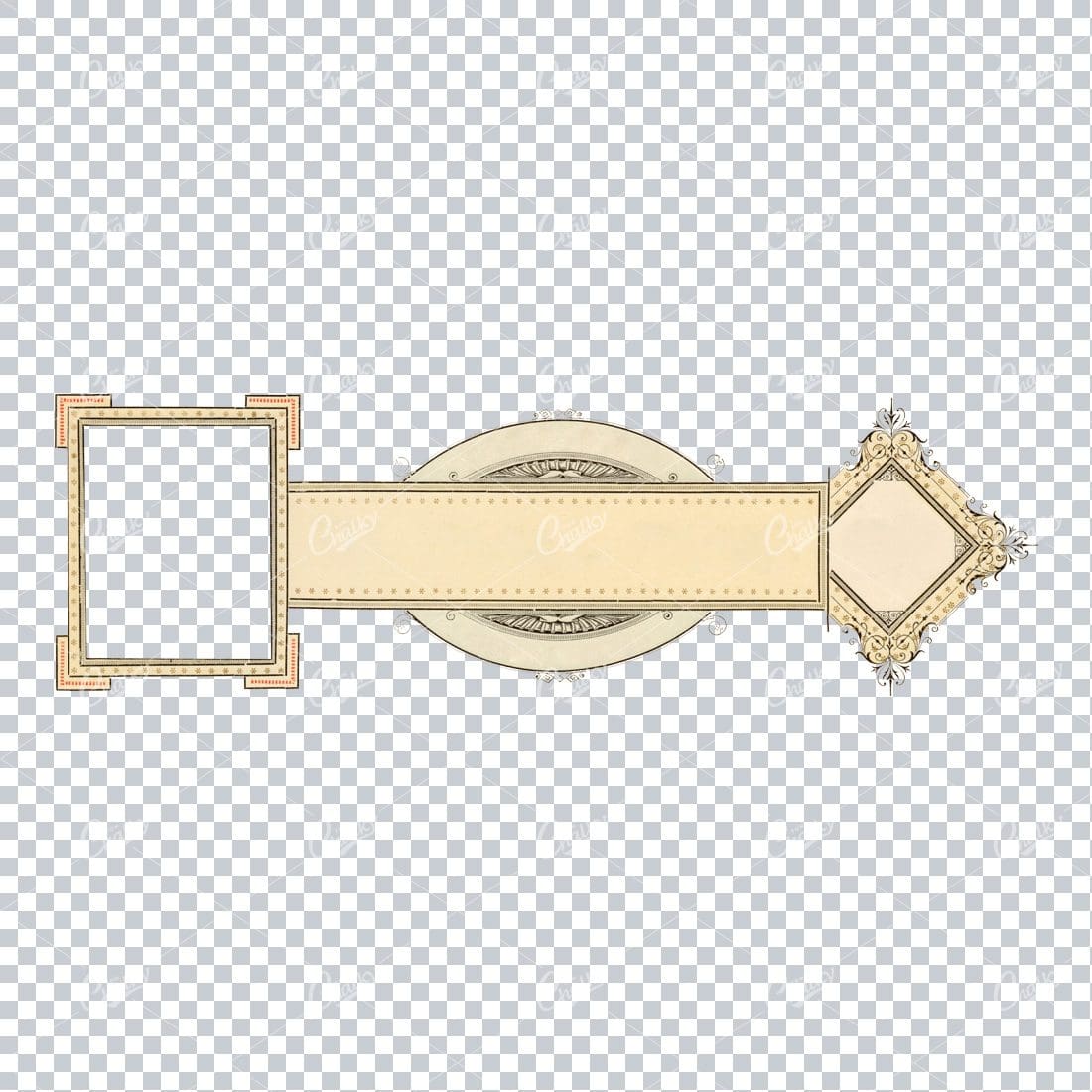

Header Banner Display Piece with Several Areas For Design
- License Info
- Resolution: 7464px x 2353px
From this collection
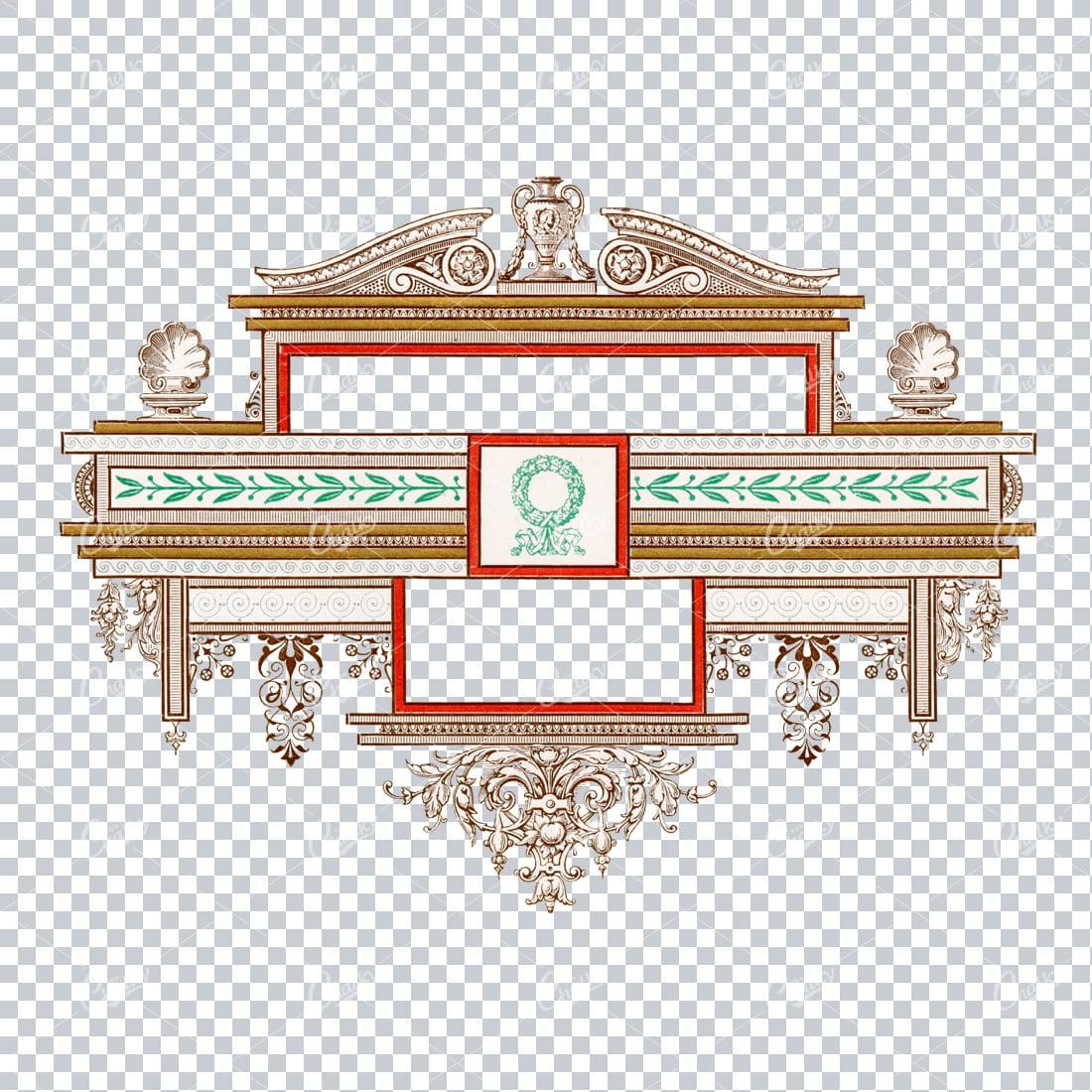

Vintage Header Design Element – Perfect for Top of Page
- License Info
- Resolution: 4714px x 3565px
From this collection
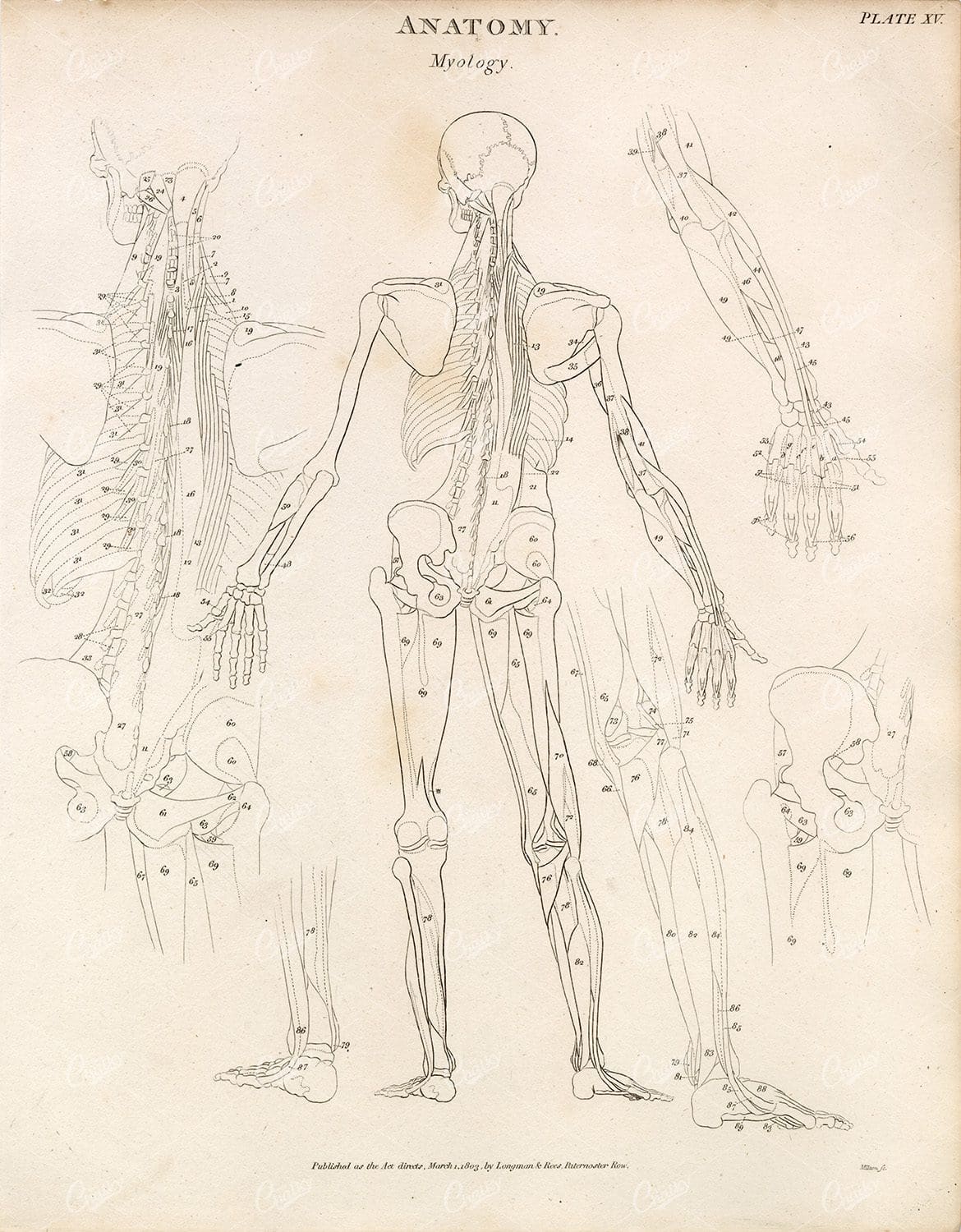

ANATOMY- Myology – Antique 1800s Print – Rees’ Encyclopedia
- License Info
- Resolution: 7401px x 9492px
- Year of Print: 1800s
- Artist: Abraham Rees
From this collection


1896 Vintage Coloured Butterfly Print – Lloyd’s Natural History
- License Info
- Resolution: 4126px x 6242px
- Year of Print: 1896
- Artist: Edward Lloyd
From this collection
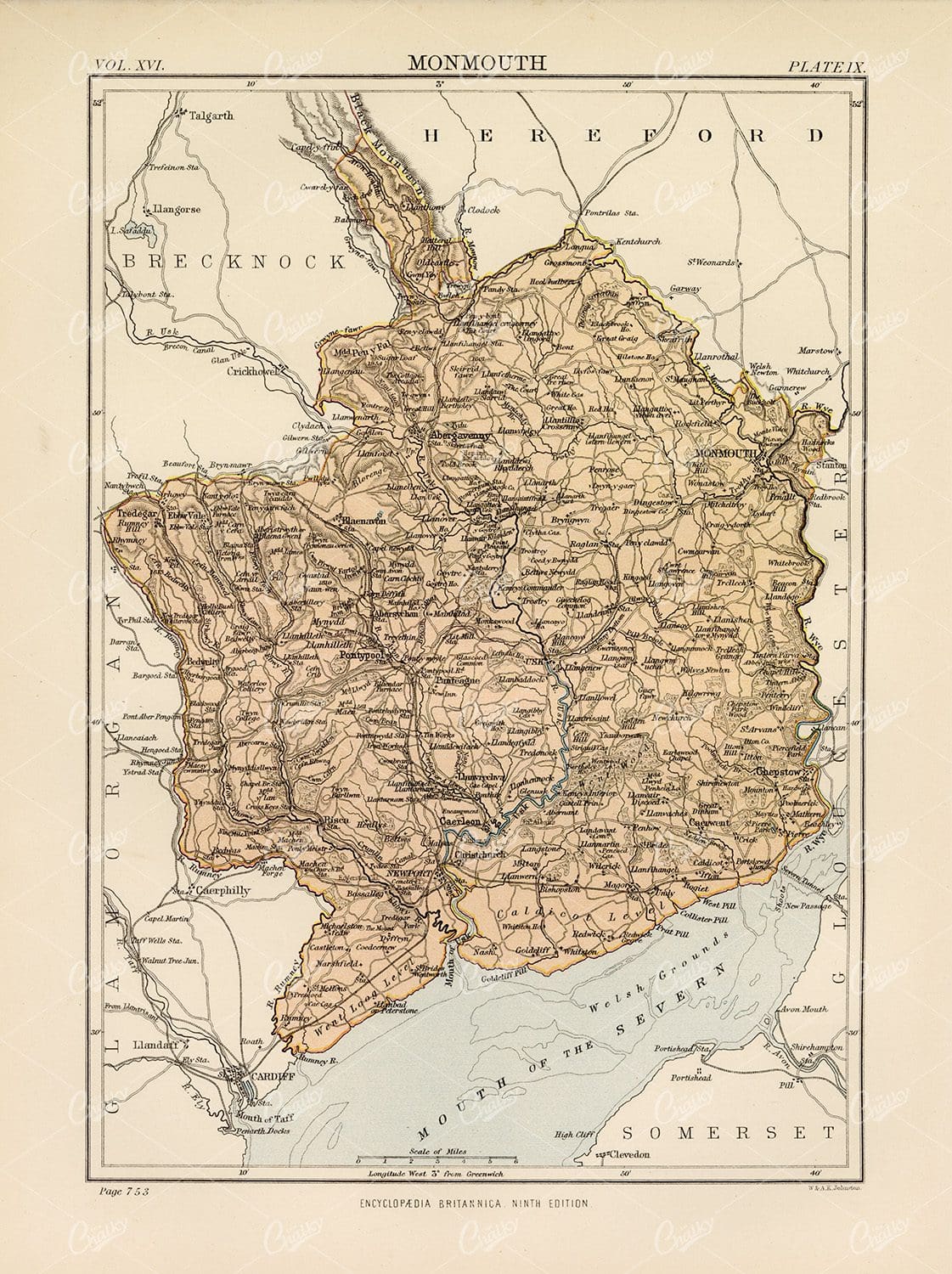

Vintage Map of Monmouth – Encyclopedia Britannica 1880
- License Info
- Resolution: 7145px x 9563px
- Year of Print: 1880
- Artist: Encyclopedia Britannica
From this collection
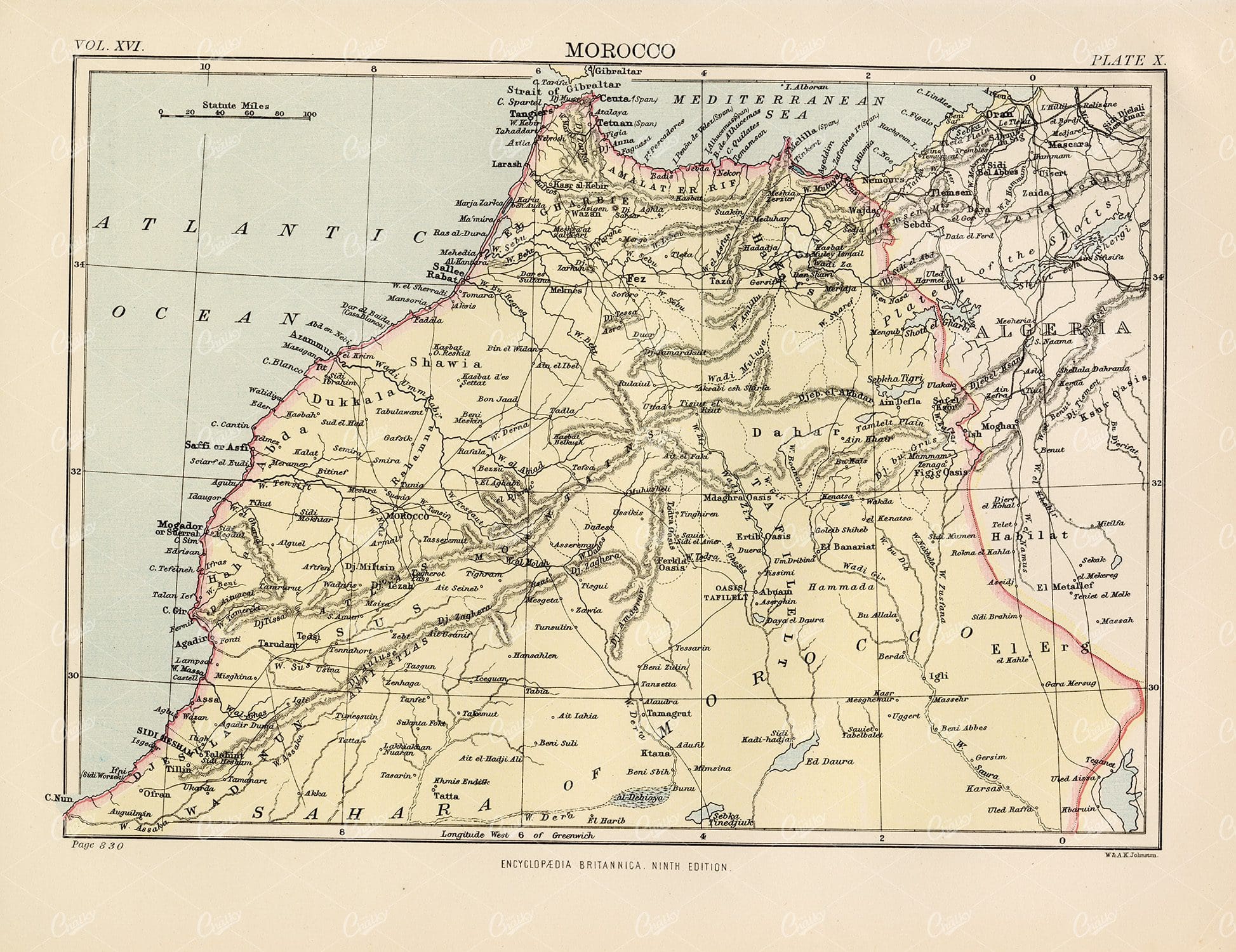

Vintage Map of Morocco – Encyclopedia Britannica 1880
- License Info
- Resolution: 9394px x 7239px
- Year of Print: 1880
- Artist: Encyclopedia Britannica
From this collection
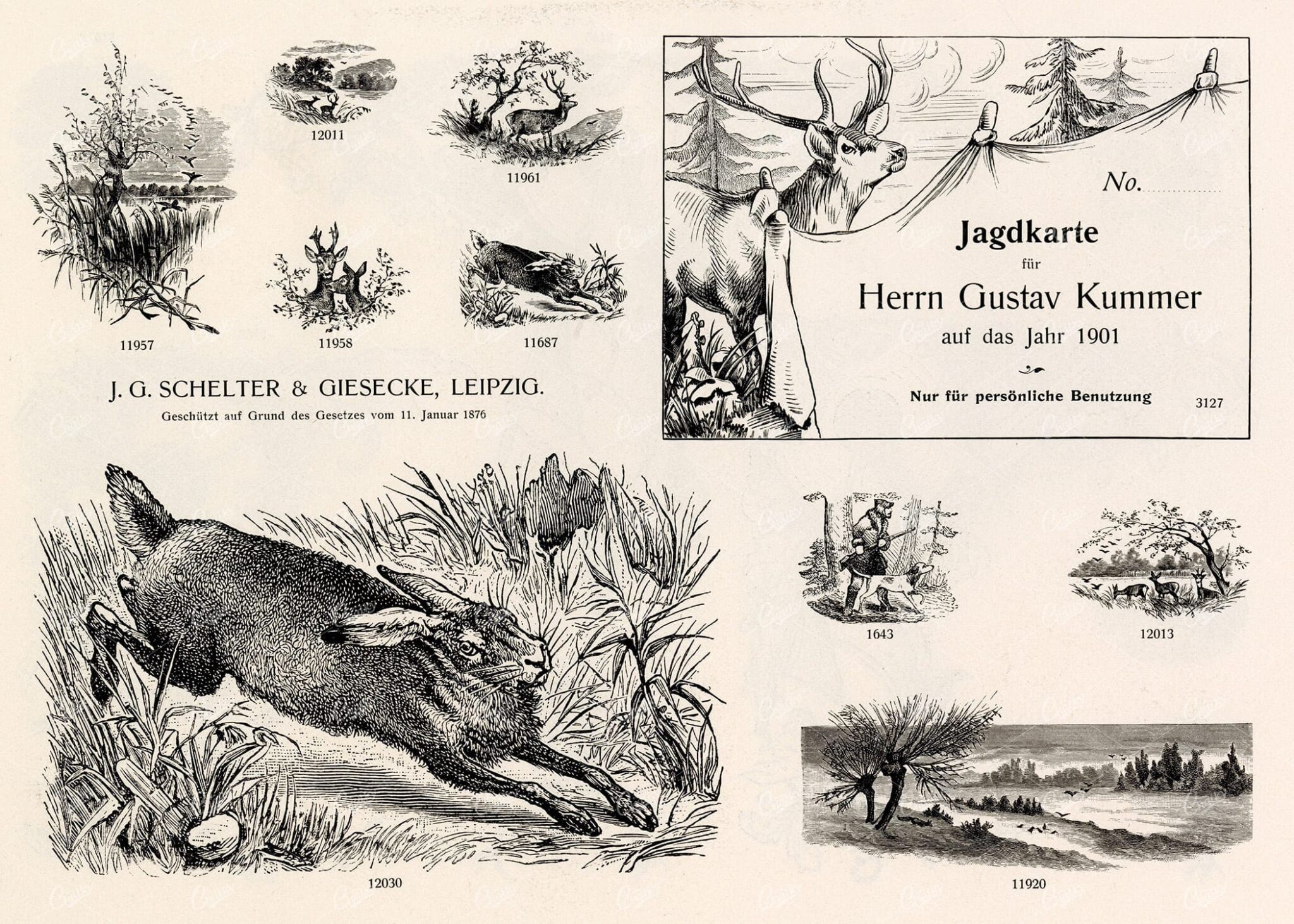

MISCELLANEOUS Selection of Vintage Hunting Related Design Elements
The type foundry and print shop of old would create books, like the one this image was discovered within, to help customers and clients with their design choices. Naturally, these books were jam packed with useful illustrative elements that could be combined to create a final piece. Today, these books are extremely difficult to get a hold of. Especially those that were published in the late 1800s. They were not mainstream publications, they simply served as ‘catalogs’ and thus were only produced in small numbers. Fortunately, we were introduced to a collector who had precisely what we had been searching for for so long. After some costly negotiations, we’re very excited to be able to share the wonderful gems within.
- License Info
- Resolution: 7558 x 5399
- Year of Print: Late 1800s
- Artist: Schelter & Giesecke Type Foundry
From this collection
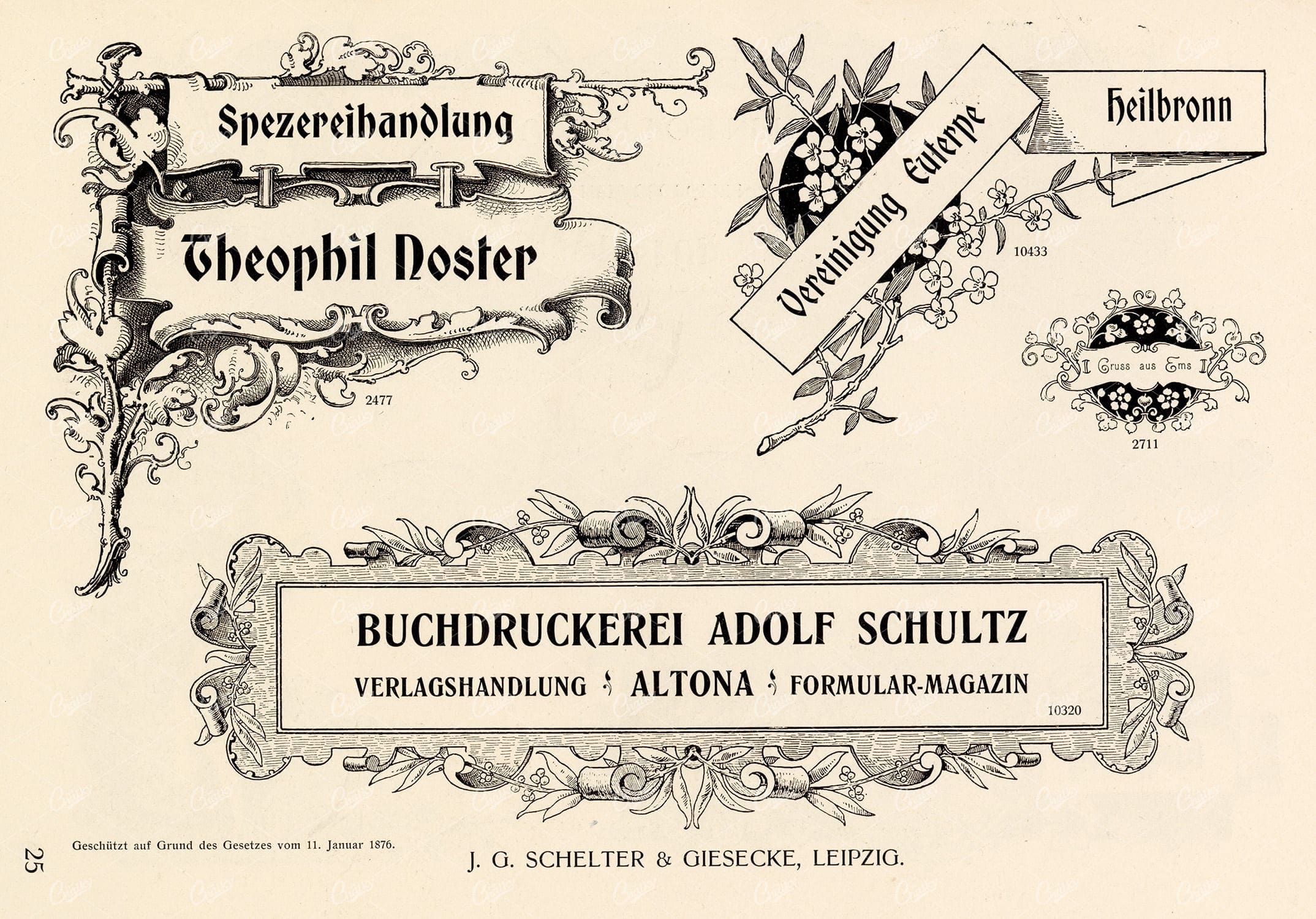

VINTAGE Decorative Design Elements – Ribbons and Banners for Type
The type foundry and print shop of old would create books, like the one this image was discovered within, to help customers and clients with their design choices. Naturally, these books were jam packed with useful illustrative elements that could be combined to create a final piece. Today, these books are extremely difficult to get a hold of. Especially those that were published in the late 1800s. They were not mainstream publications, they simply served as ‘catalogs’ and thus were only produced in small numbers. Fortunately, we were introduced to a collector who had precisely what we had been searching for for so long. After some costly negotiations, we’re very excited to be able to share the wonderful gems within.
- License Info
- Resolution: 7560 x 5515
- Year of Print: Late 1800s
- Artist: Schelter & Giesecke Type Foundry
From this collection


ANTIQUE Original Border and Typography Graphic Print Design 1891
This stunning 19th-century graphic pattern sample was discovered within the ‘Internationaler Graphischer Muster-Austausch des deutschen Buchdrucker-Vereins’ which translates to ‘International graphic pattern exchange of the German book printer association’. Inside was a plethora of gorgeous examples of typography, layout design, printing techniques, and more. A fine display of some of the very best from the print industry of the time and a fantastic source for the modern creator and enthusiast.
The demand for beautifully designed printed material spiked during the latter part of the 19th century and with new technical possibilities, demands became more elaborate. To keep up with the times, the best printing companies in Europe and the United States exchanged their finest creations in an attempt to push the industry to new heights. The technologies that would make a faithful reproduction of originals in print possible were still not invented, or deficient. Therefore, professional stakeholders had to exchange their original works among themselves.
- License Info
- Resolution: 7821 x 10222
- Year of Print: 1890
- Artist: Print Association
From this collection
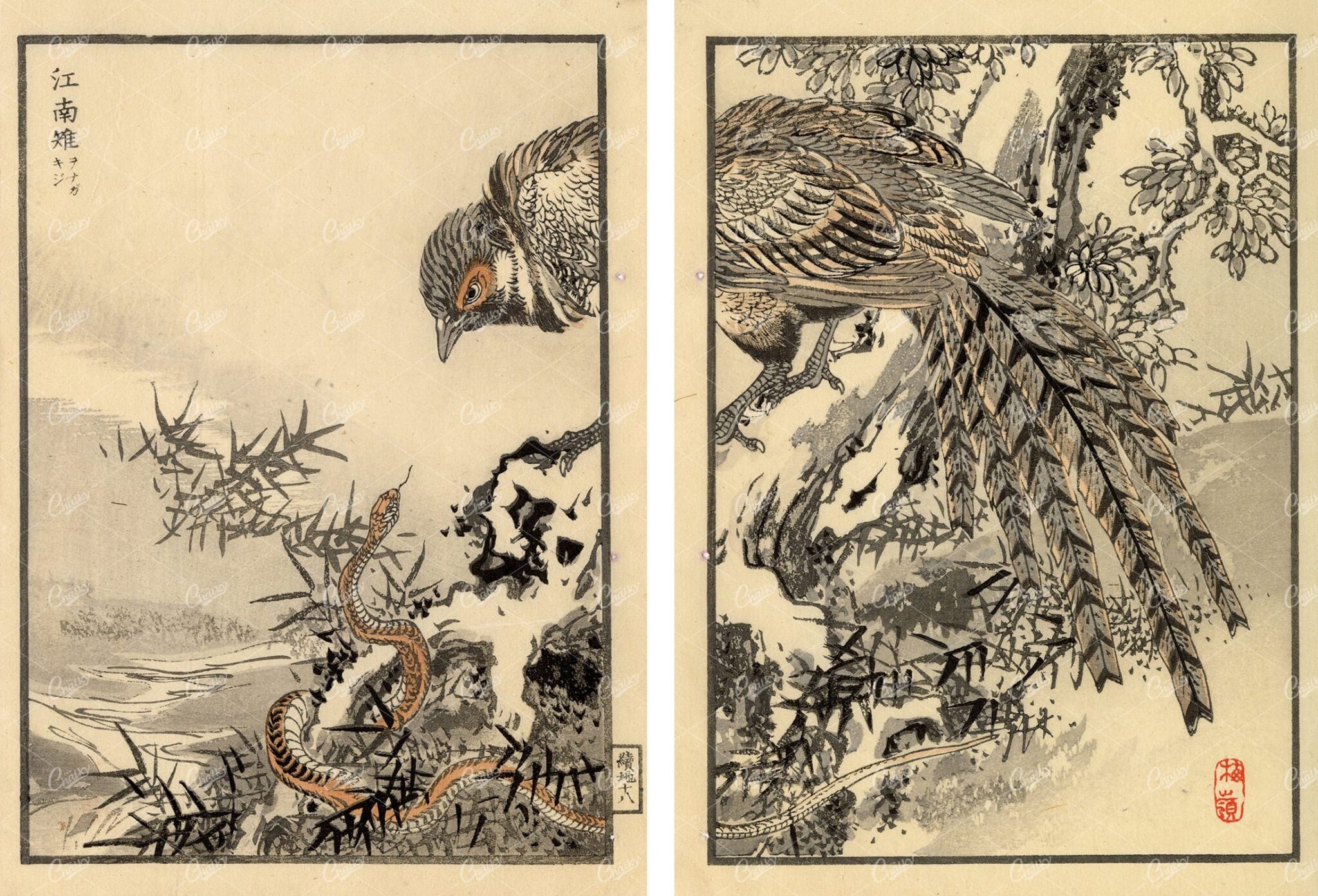

ANTIQUE Kono Bairei Woodblock Japanese Prints 1881 Bird and Snake
You’re looking at a beautiful piece of Japanese woodblock art from our collection of original 1881 prints by noted artist, Kono Bairei; Created for one of his best-known publications ‘one hundred birds’. Most of the bird species throughout this collection were native to Japan, with a few domesticated and some imported cage birds. Bairei was born and lived in Kyoto. He was apprenticed to the Maruyama printer Nakajima Raiso at the age of eight. He was a pupil of Shijo artist Shiokawa Bunrin and followed the Nanga school tradition. He established the Kyoto Prefectural School of Painting before opening his own studio to students and retiring from teaching.
- License Info
- Resolution: 11814 x 8028
- Year of Print: 1881
- Artist: Kono Bairei
From this collection


ANTIQUE Original Kono Bairei Woodblock Japanese Print 1881 Ducks Water
You’re looking at a beautiful piece of Japanese woodblock art from our collection of original 1881 prints by noted artist, Kono Bairei; Created for one of his best-known publications ‘one hundred birds’. Most of the bird species throughout this collection were native to Japan, with a few domesticated and some imported cage birds.
Bairei was born and lived in Kyoto. He was apprenticed to the Maruyama printer Nakajima Raiso at the age of eight. He was a pupil of Shijo artist Shiokawa Bunrin and followed the Nanga school tradition. He established the Kyoto Prefectural School of Painting before opening his own studio to students and retiring from teaching.
- License Info
- Resolution: 5738 x 8151 300dpi
- Year of Print: 1881
- Artist: Kono Bairei
From this collection


PHYSICS – Barometer, Pressure of Liquids, Air Pumps – Antique 1851 Print
You’re looking at a well preserved original plate from Johann Georg Heck’s “Iconographic Encyclopedia of Sciences, Literature and Art” published in 1851 by Rudolphe Garrigue in New York. We were extremely fortunate to acquire the full collection of illustrative prints from the series, which after many months of looking, proved to be very difficult!
- License Info
- Resolution: 9166 x 7377 300dpi
- Year of Print: 1851
- Artist: Johann Georg Heck
From this collection
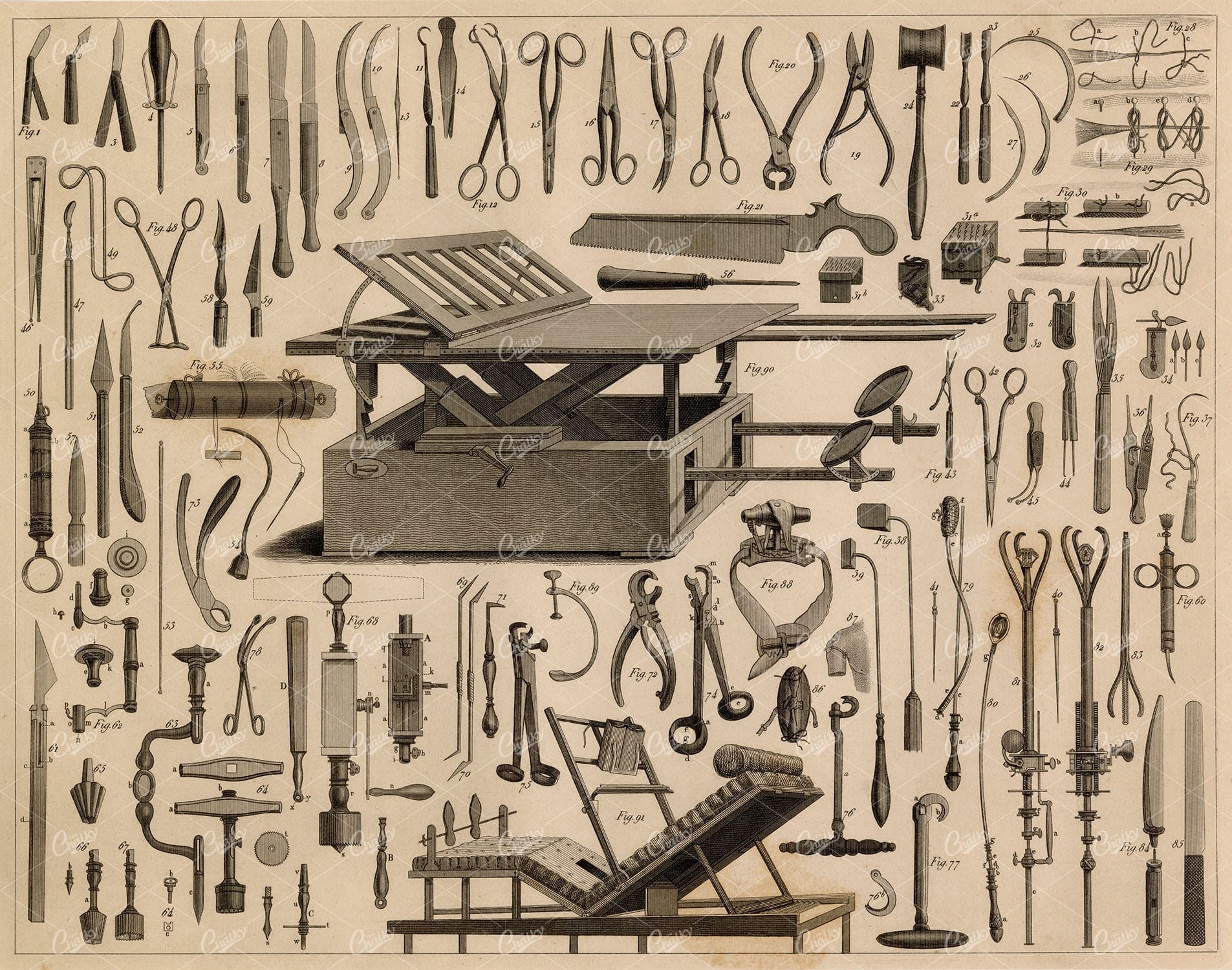

SURGERY – Various Antique Surgical Instruments – Johann Heck 1851 Print
You’re looking at a well preserved original plate from Johann Georg Heck’s “Iconographic Encyclopedia of Sciences, Literature and Art” published in 1851 by Rudolphe Garrigue in New York. We were extremely fortunate to acquire the full collection of illustrative prints from the series, which after many months of looking, proved to be very difficult!
- License Info
- Resolution: 9294 x 7317 300dpi
- Year of Print: 1851
- Artist: Johann Georg Heck
From this collection


ANTHROPOLOGY – Anatomy of Vascular System – Antique 1851 Print
You’re looking at a well preserved original plate from Johann Georg Heck’s “Iconographic Encyclopedia of Sciences, Literature and Art” published in 1851 by Rudolphe Garrigue in New York. We were extremely fortunate to acquire the full collection of illustrative prints from the series, which after many months of looking, proved to be very difficult!
- License Info
- Resolution: 9405 x 7423 300dpi
- Year of Print: 1851
- Artist: Johann Georg Heck
From this collection
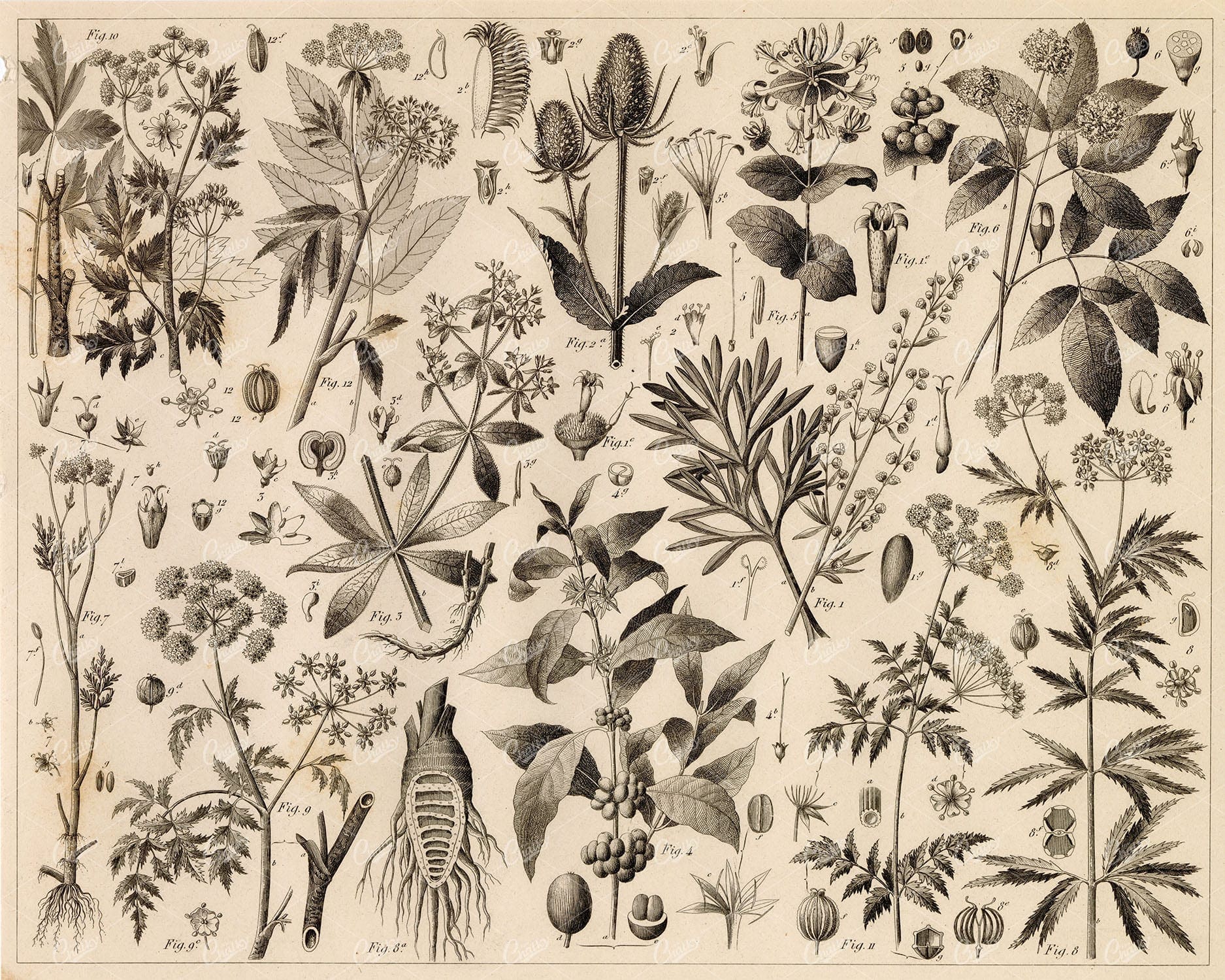

ANTIQUE Botanical Print – Variety of Botany Illustrations – 1851 Print
You’re looking at a well preserved original plate from Johann Georg Heck’s “Iconographic Encyclopedia of Sciences, Literature and Art” published in 1851 by Rudolphe Garrigue in New York. We were extremely fortunate to acquire the full collection of illustrative prints from the series, which after many months of looking, proved to be very difficult!
- License Info
- Resolution: 9310 x 7449 300dpi
- Year of Print: 1851
- Artist: Johann Georg Heck
From this collection
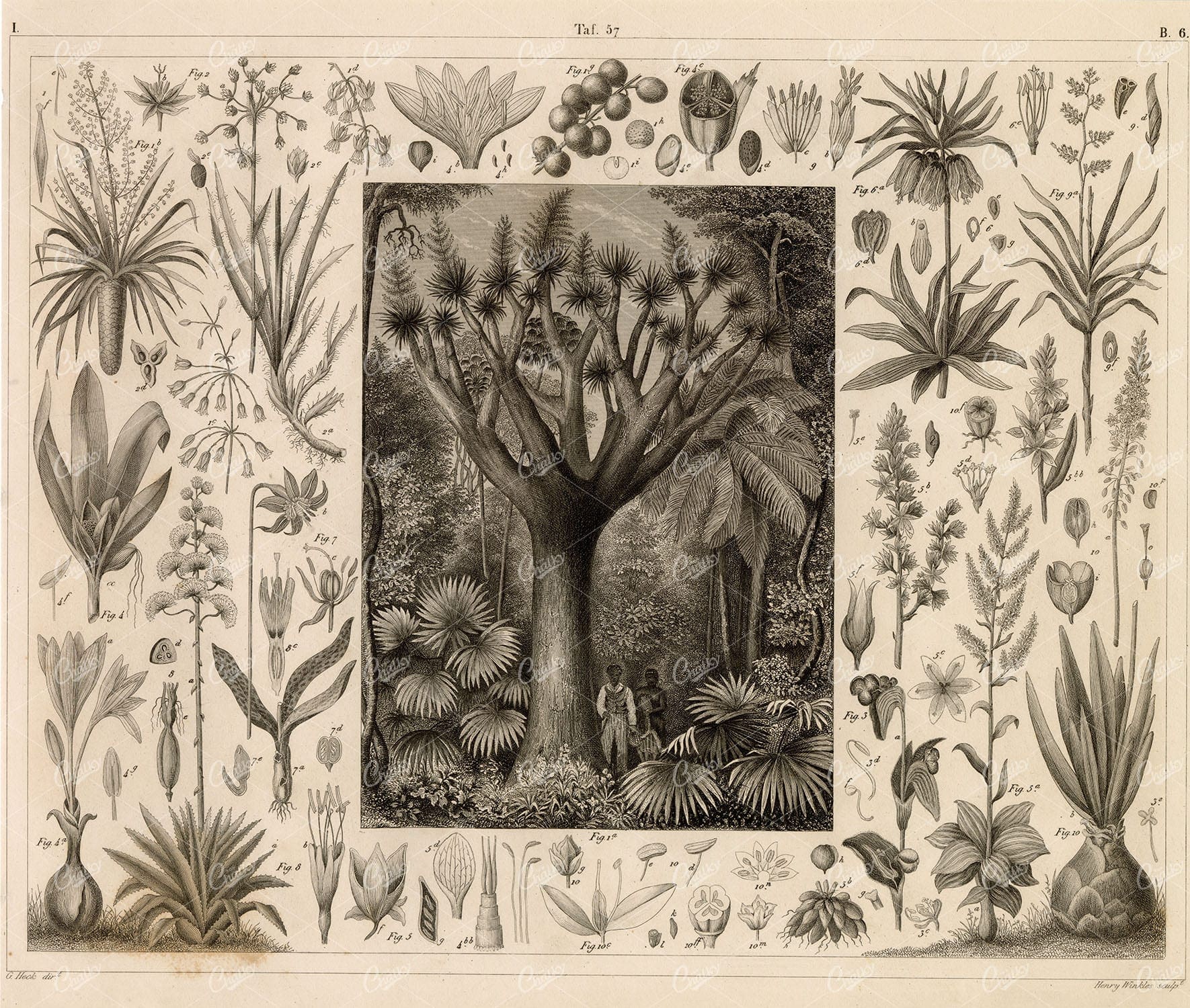

ANTIQUE Dragon Blood Tree and Various Botany Illustrations – 1851 Print
You’re looking at a well preserved original plate from Johann Georg Heck’s “Iconographic Encyclopedia of Sciences, Literature and Art” published in 1851 by Rudolphe Garrigue in New York. We were extremely fortunate to acquire the full collection of illustrative prints from the series, which after many months of looking, proved to be very difficult!
- License Info
- Resolution: 9413 x 7978 300dpi
- Year of Print: 1851
- Artist: Johann Georg Heck
From this collection


DUTCH Renaissance – Stained Glass Art – Ornamental 1889 Antique Print
Here we have a wonderful chromolithograph print from Heinrich Dolmetsch’s “Der Ornamentenschatz – Ein Musterbuch stilvoller Ornamente aus allen Kunstepochen”. Published by Stuttgart, Hoffmann. A celebrated collection of ornamental/decorative designs and artwork inspired by various geographical regions and movements of the 16th / 17th and 18th century.
- License Info
- Resolution: 7905 x 11865 300dpi
- Year of Print: 1889
- Artist: Heinrich Dolmetsch
From this collection
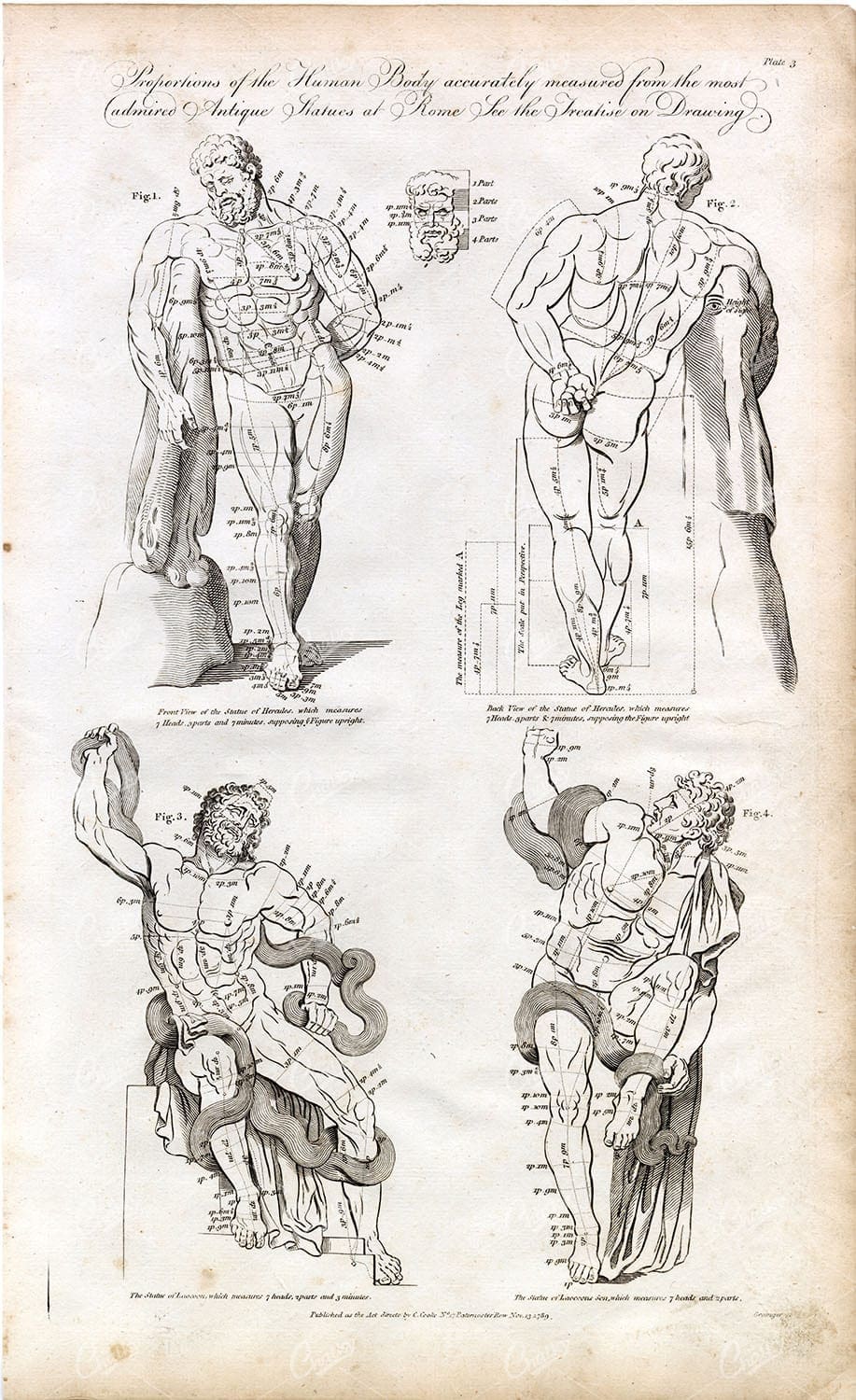

SATUES of ROME – Proportions of the Human Body – ANTIQUE Anatomy Print
You’re looking at a scarce, 229 year old, steel plate engraving from the original “The New Encyclopaedia Or Modern Universal Dictionary Of Arts And Sciences On A New And Improved Plan” by Hall, William Henry, Bedford Row, London, published by C Cooke, London.
- License Info
- Resolution: 8300 x 13800 300dpi
- Year of Print: 1791
- Artist: C. Cooke
Related Images
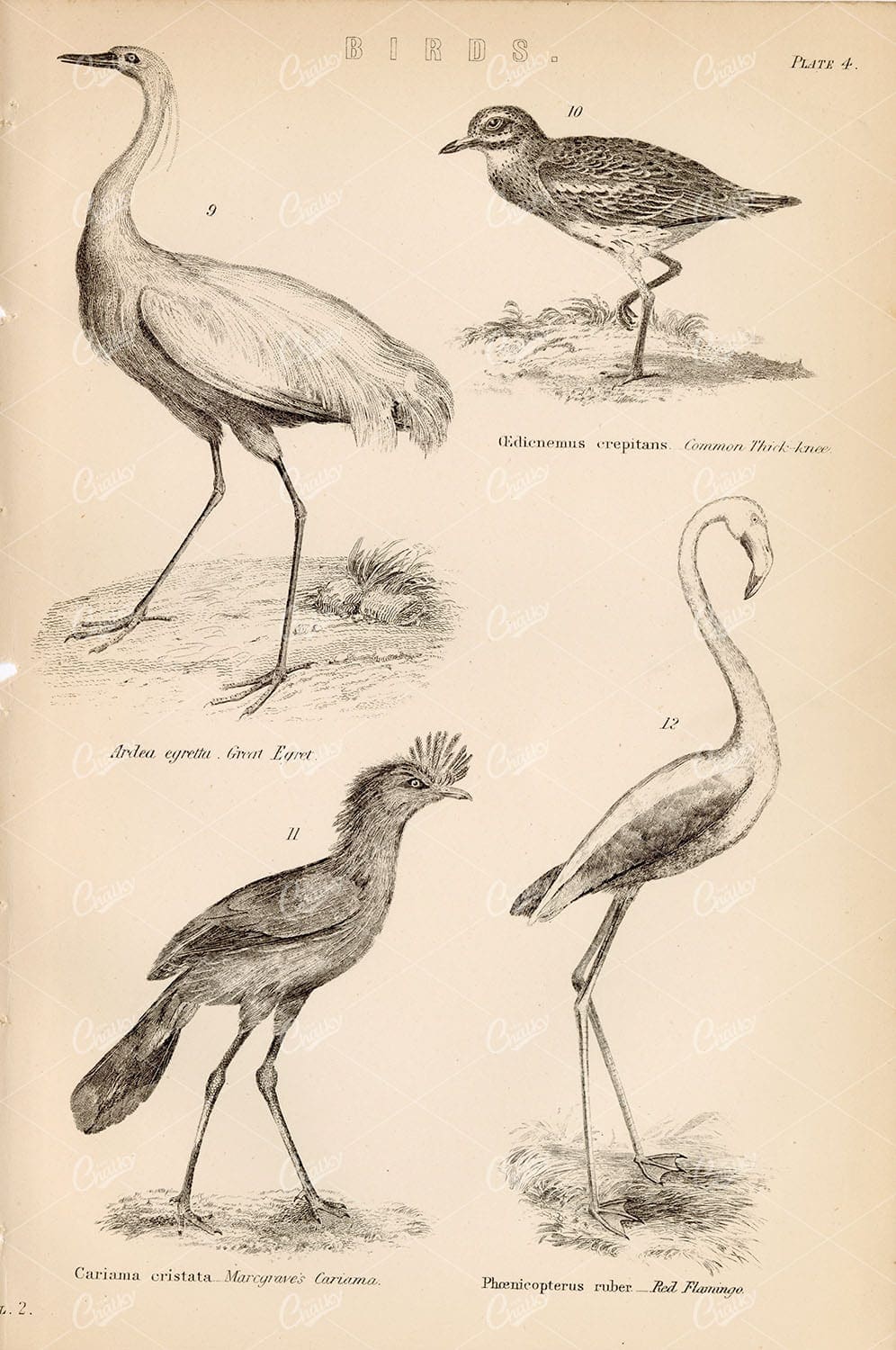

BIRDS – Great Egret, Red Flamingo, Cariama. Antique 1880’s Artwork
An original Antique Plate scan from the National Encyclopaedia: A Dictionary of Universal Knowledge. Published by William Mackenzie in 1880. Click on the Artist’s name to see the full collection from this series!
- License Info
- Resolution: 5500 x 8600 300dpi
- Year of Print: 1880
- Artist: William Mackenzie
From this collection
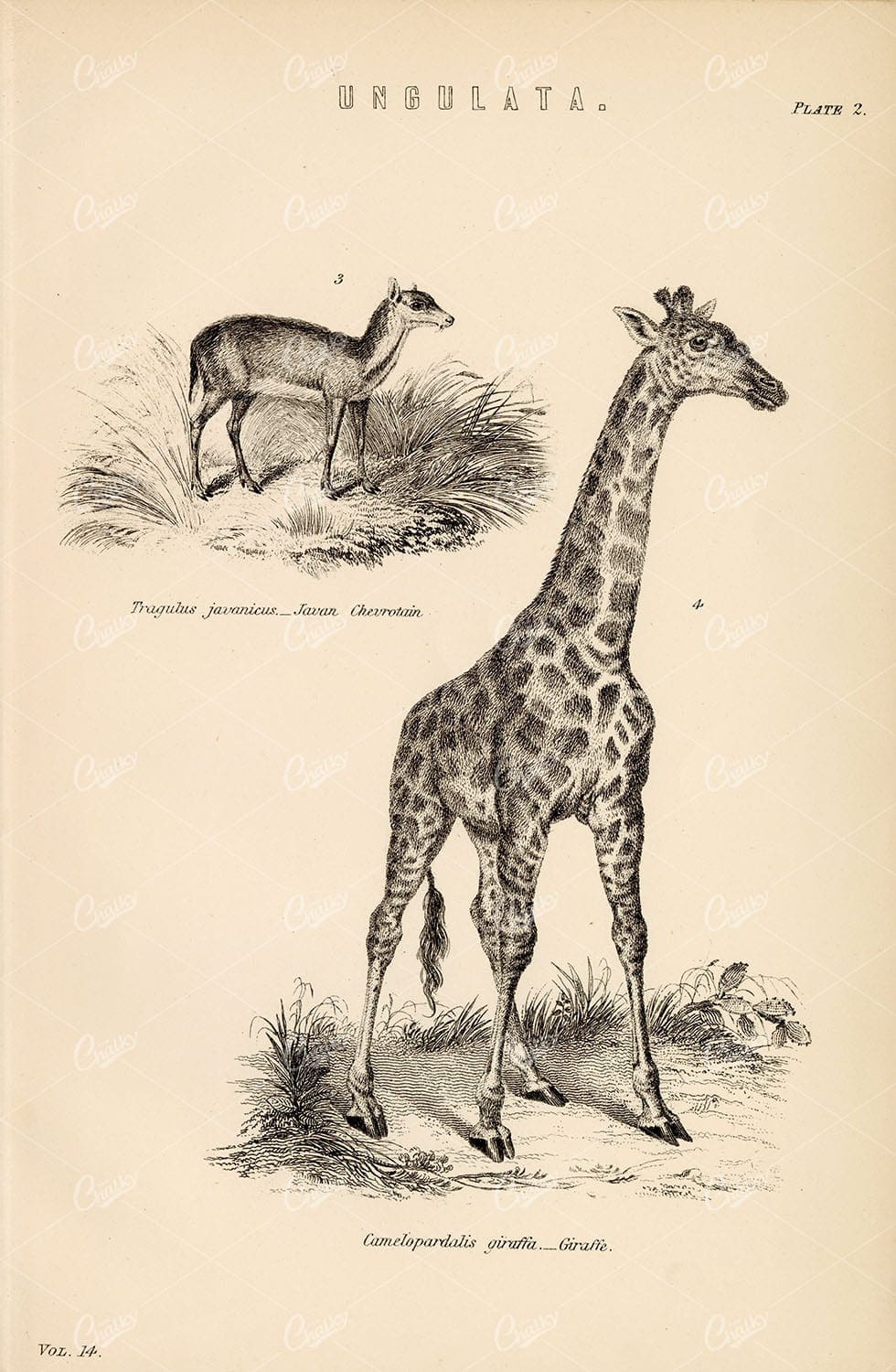

MAMMALS Ungulata – Javan Chevrotain, Giraffe. Antique 1880 Print
An original Antique Plate scan from the National Encyclopaedia: A Dictionary of Universal Knowledge. Published by William Mackenzie in 1880. Click on the Artist’s name to see the full collection from this series!
- License Info
- Resolution: 5500 x 8600 300dpi
- Year of Print: 1880
- Artist: William Mackenzie
From this collection


REPTILES Antique Serpents Stock Image. William Mackenzie 1880
An original Antique Plate scan from the National Encyclopaedia: A Dictionary of Universal Knowledge. Published by William Mackenzie in 1880. Click on the Artist’s name to see the full collection from this series!
- License Info
- Resolution: 7594 x 10009 300dpi
- Year of Print: 1880
- Artist: William Mackenzie
From this collection
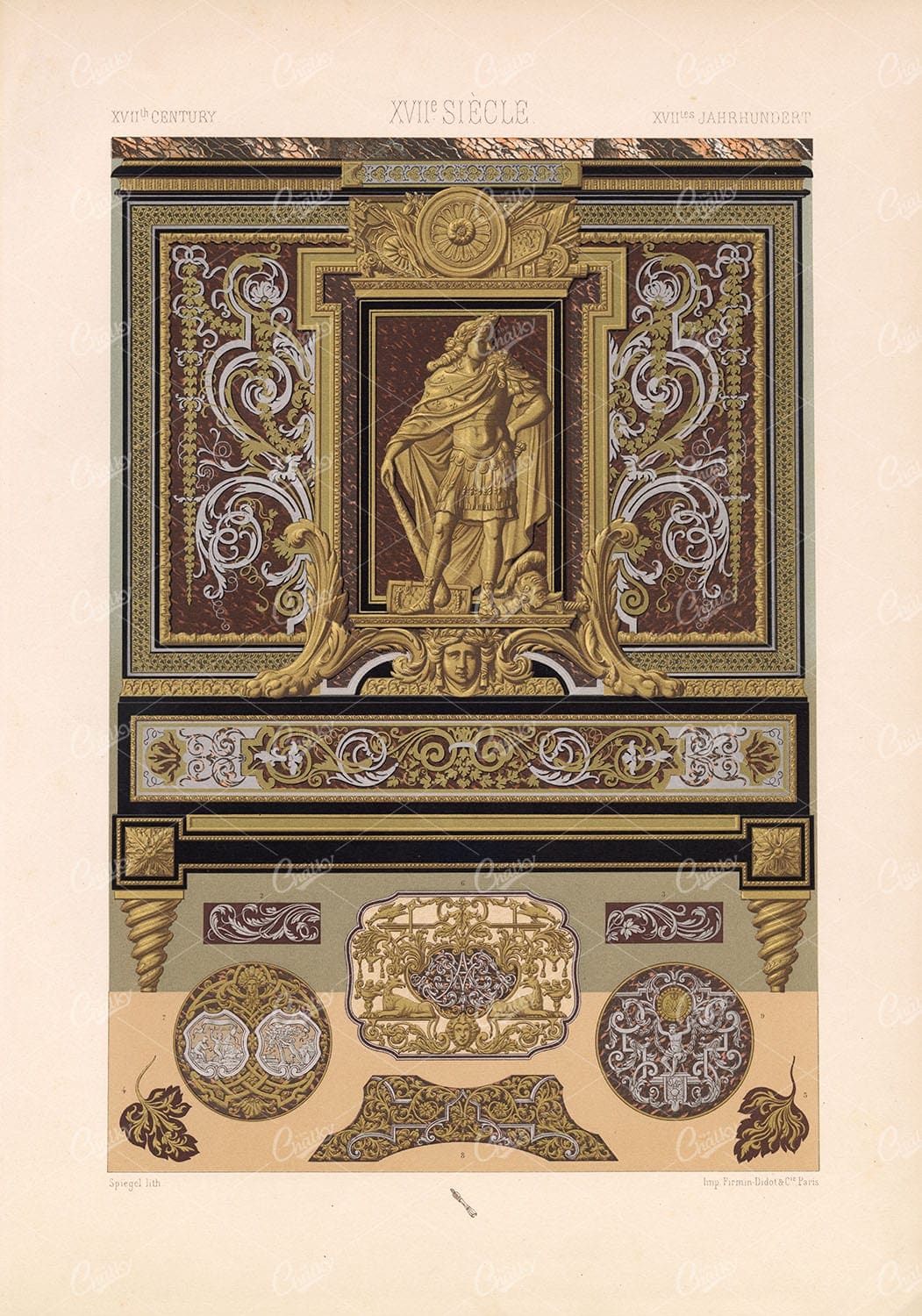

XVII CENTURY Decorative Sculpture Design RACINET Speigel Lithograph Vintage Stock Image
Here we have an original vintage print from the Auguste Racinet L’ornement Polycrome (1870) series. One of the finest collections of decorative arts from the 19th century, refered to for inspiration by many modern creators. Many interesting and useful design elements are waiting to be explored in this one piece! The purpose of the fantastic reproductions in L’Ornement polychrome were to inspire an improvement of the decorative arts of its time.
- License Info
- Resolution: 11634 x 16420 300dpi
- Year of Print: Estimated 1873
- Artist: Auguste Racinet
From this collection


14TH 15TH CENTURY Racinet Original Stock Image Régamey Lithography Stock Art
Here we have an original vintage print from the Auguste Racinet L’ornement Polycrome (1870) series. One of the finest collections of decorative arts from the 19th century, refered to for inspiration by many modern creators. Many interesting and useful design elements are waiting to be explored in this one piece! The purpose of the fantastic reproductions in L’Ornement polychrome were to inspire an improvement of the decorative arts of its time.
- License Info
- Resolution: 12433 x 17740 300dpi
- Year of Print: Estimated 1873
- Artist: Auguste Racinet
From this collection
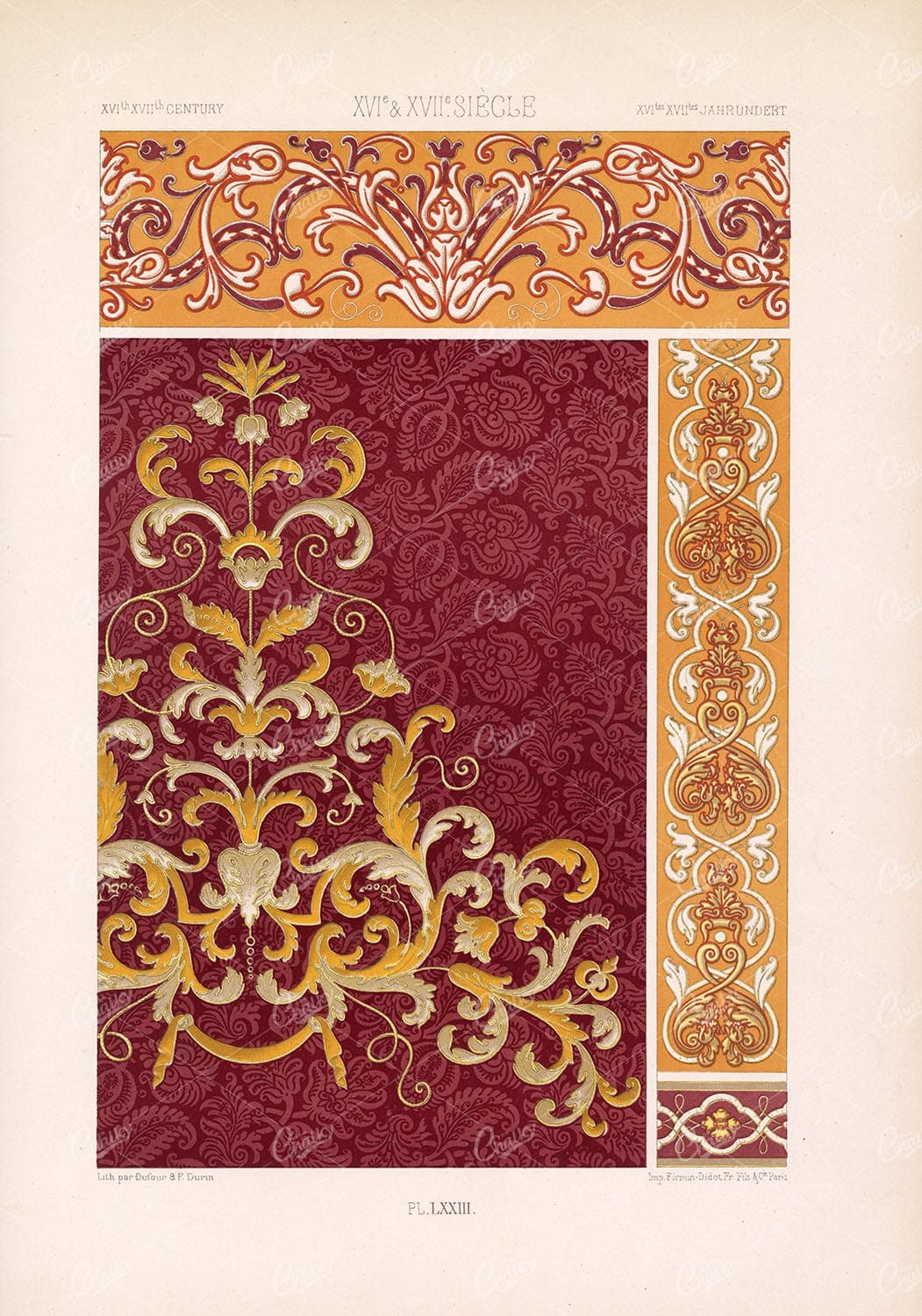

16TH 17TH CENTURY Floral Pattern Art RACINET Plate LXXIII Vintage Stock Image
Here we have an original vintage print from the Auguste Racinet L’ornement Polycrome (1870) series. One of the finest collections of decorative arts from the 19th century, refered to for inspiration by many modern creators. Many interesting and useful design elements are waiting to be explored in this one piece! The purpose of the fantastic reproductions in L’Ornement polychrome were to inspire an improvement of the decorative arts of its time.
- License Info
- Resolution: 12433 x 17740 300dpi
- Year of Print: Estimated 1873
- Artist: Auguste Racinet
From this collection


RUSSIAN Border and Frame Embellishment Design RACINET Vintage Artwork
Here we have an original vintage print from the Auguste Racinet L’ornement Polycrome (1870) series. One of the finest collections of decorative arts from the 19th century, refered to for inspiration by many modern creators. Many interesting and useful design elements are waiting to be explored in this one piece! The purpose of the fantastic reproductions in L’Ornement polychrome were to inspire an improvement of the decorative arts of its time.
- License Info
- Resolution: 13087 x 18674 300dpi
- Year of Print: Estimated 1873
- Artist: Auguste Racinet
From this collection


ANTIQUE Original Kono Bairei Woodblock Japanese Prints 1881 Bird
You’re looking at a beautiful piece of Japanese woodblock art from our collection of original 1881 prints by noted artist, Kono Bairei; Created for one of his best-known publications ‘one hundred birds’. Most of the bird species throughout this collection were native to Japan, with a few domesticated and some imported cage birds. Bairei was born and lived in Kyoto. He was apprenticed to the Maruyama printer Nakajima Raiso at the age of eight. He was a pupil of Shijo artist Shiokawa Bunrin and followed the Nanga school tradition. He established the Kyoto Prefectural School of Painting before opening his own studio to students and retiring from teaching.
- License Info
- Resolution: 11582 x 8028
- Year of Print: 1881
- Artist: Kono Bairei
From this collection
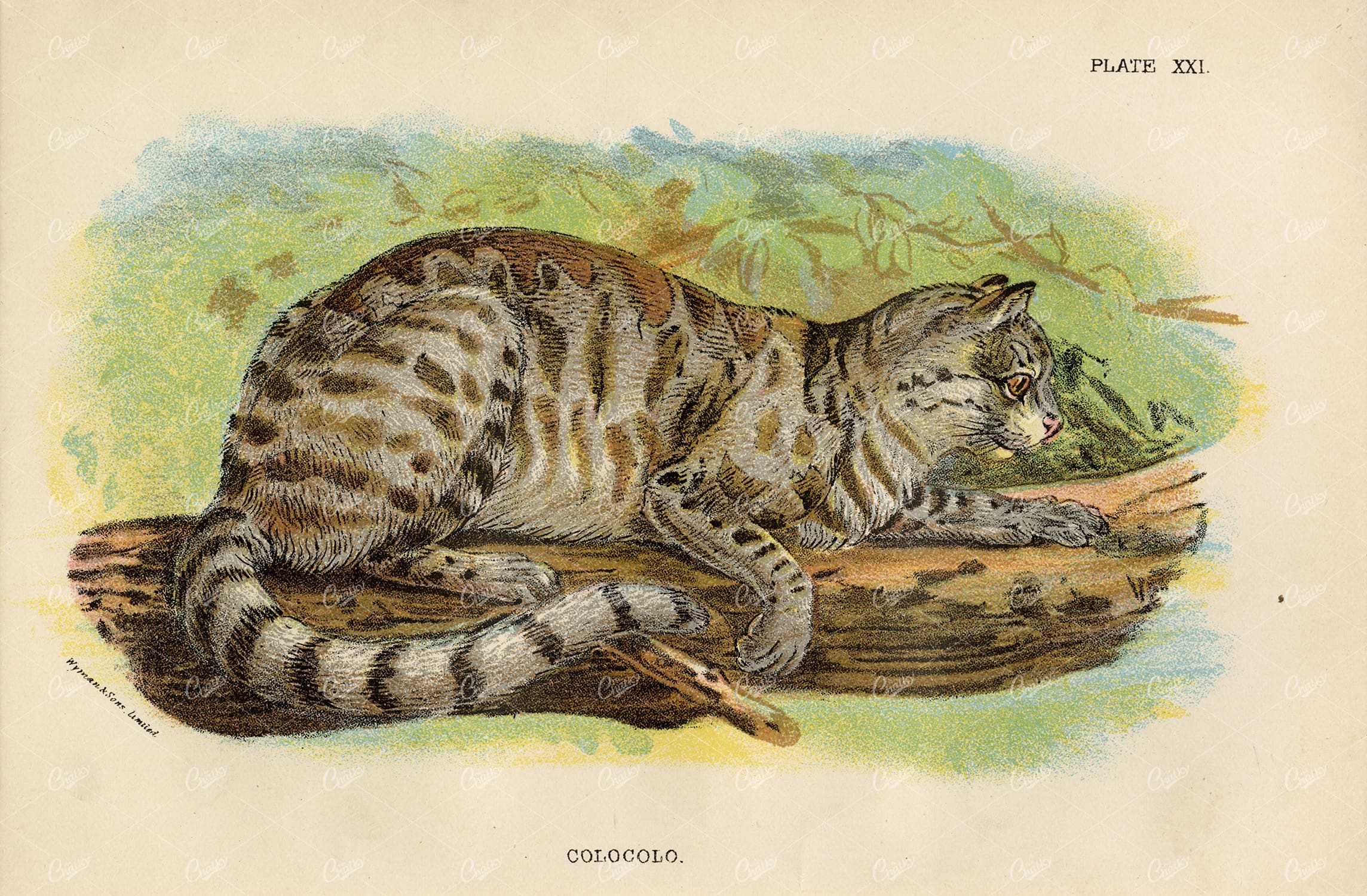

Antique Coloured Print 1896 – Colocolo (wild cat)
- License Info
- Resolution: 6275px x 4113px
- Year of Print: 1896
- Artist: Edward Lloyd
From this collection
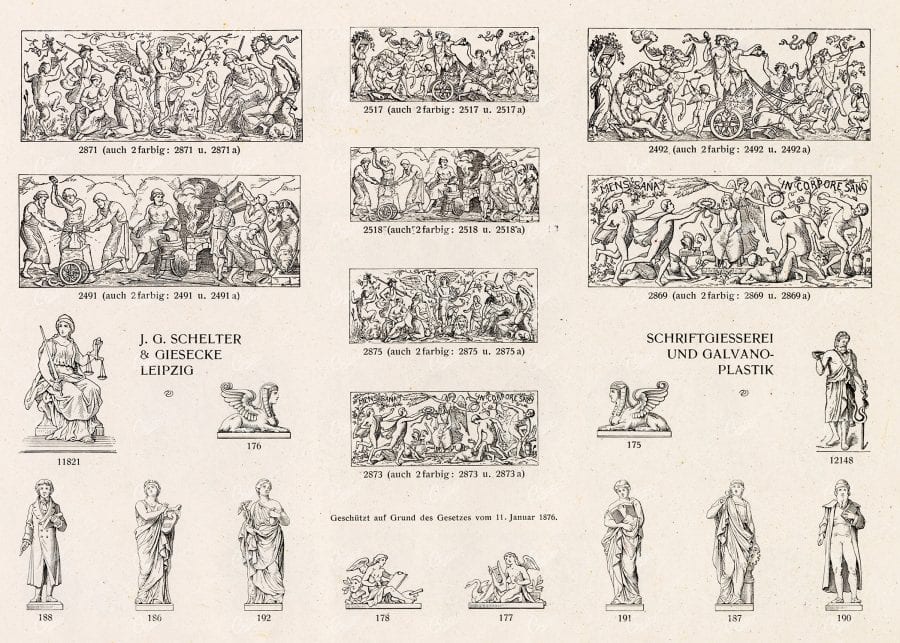
Support the Library
Our supporters and members help us continue collecting and restoring these wonderful pieces of art for the modern creator
Unlock Everything and Become a Member!
While a lot of the library is available for free, some is kept behind closed dusty doors only to be accessed by our lovely members.
